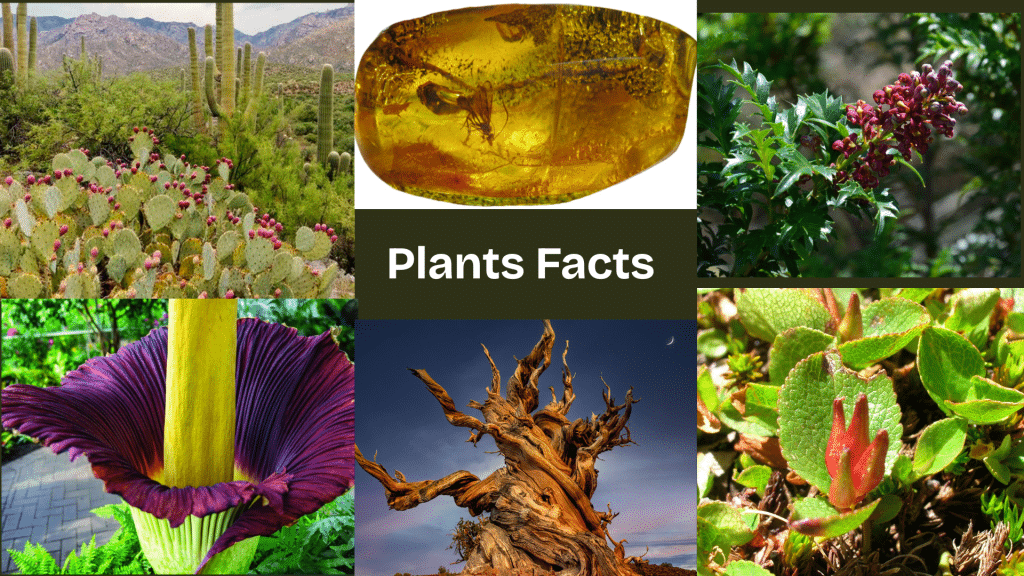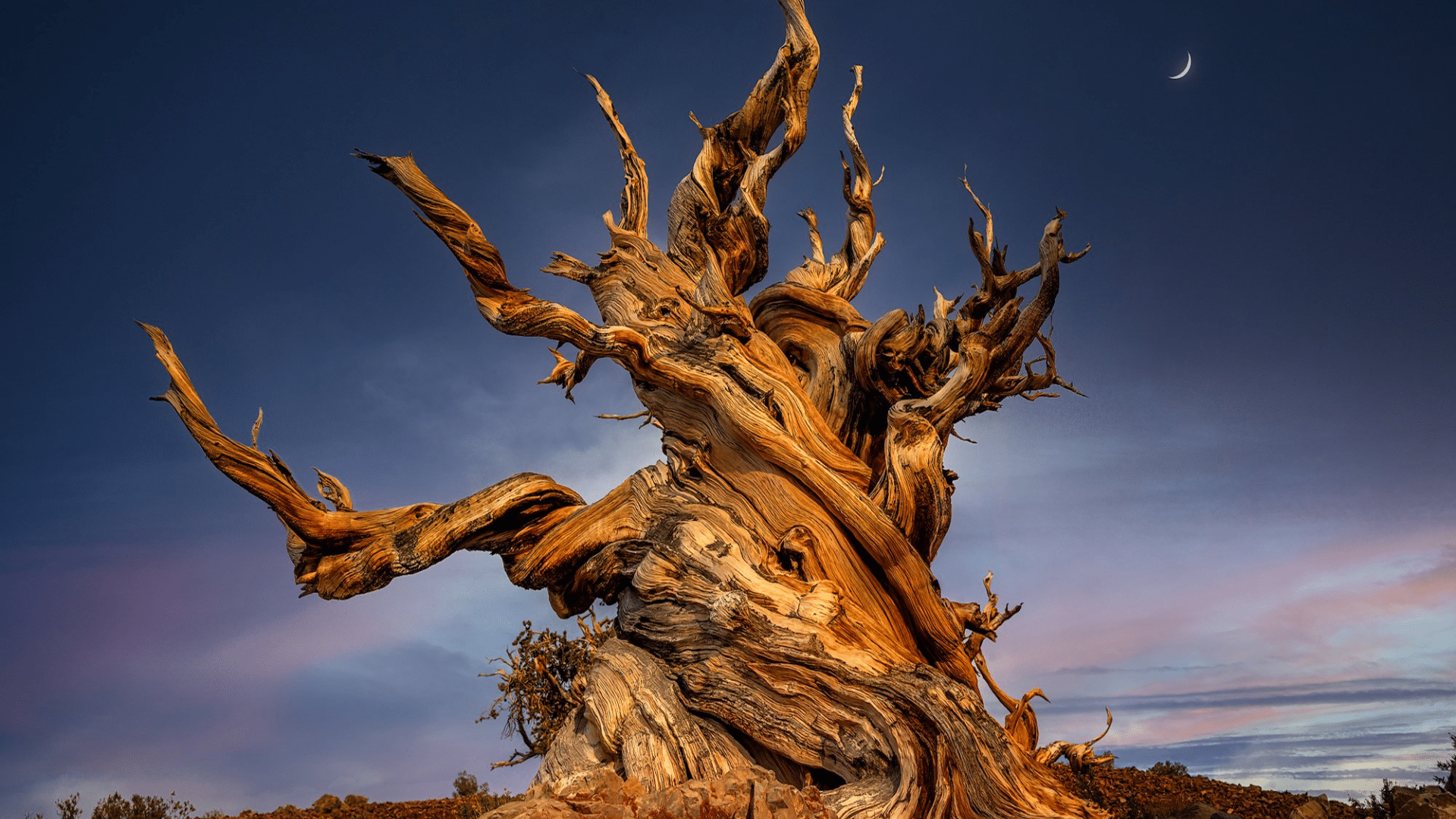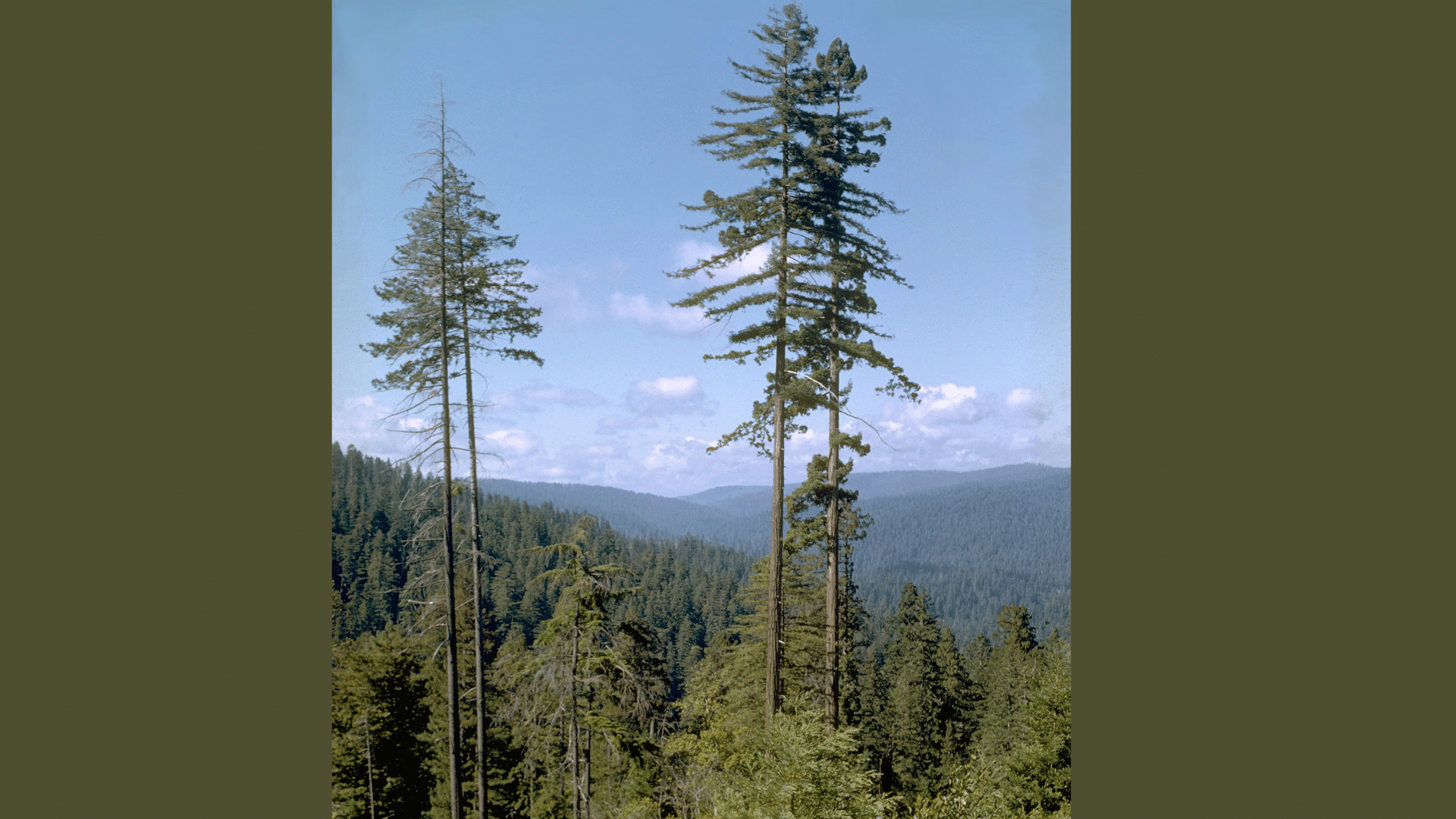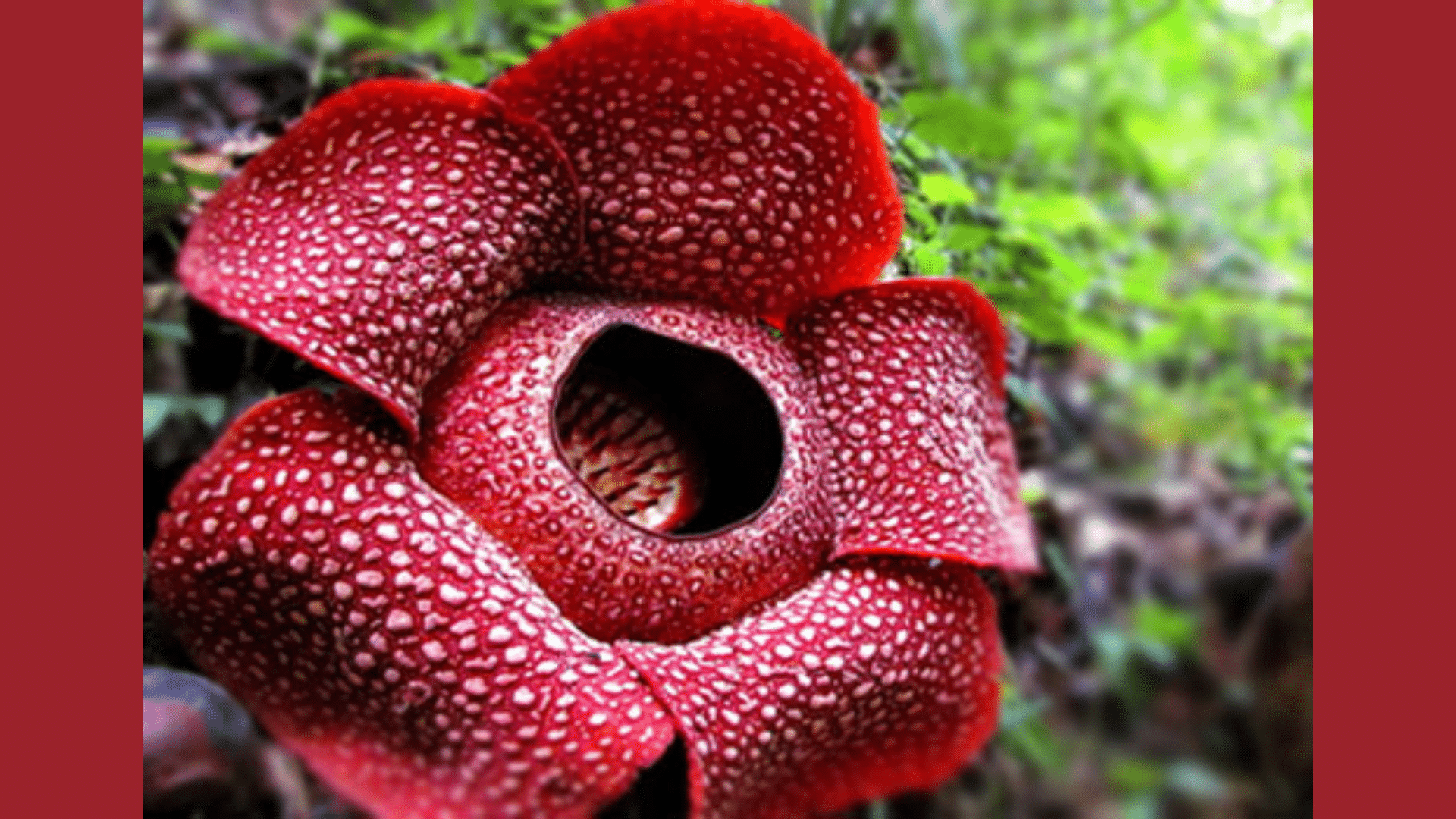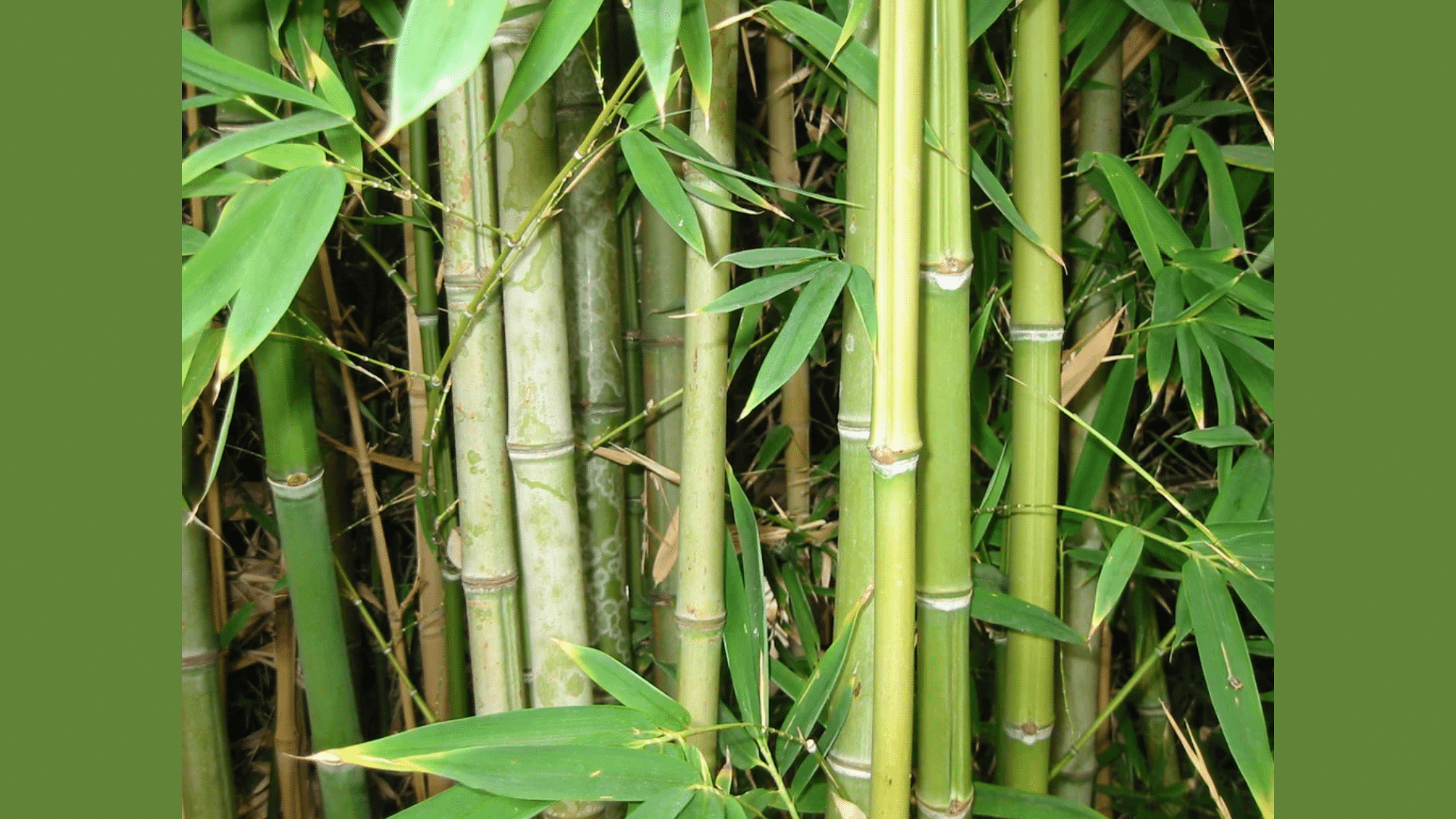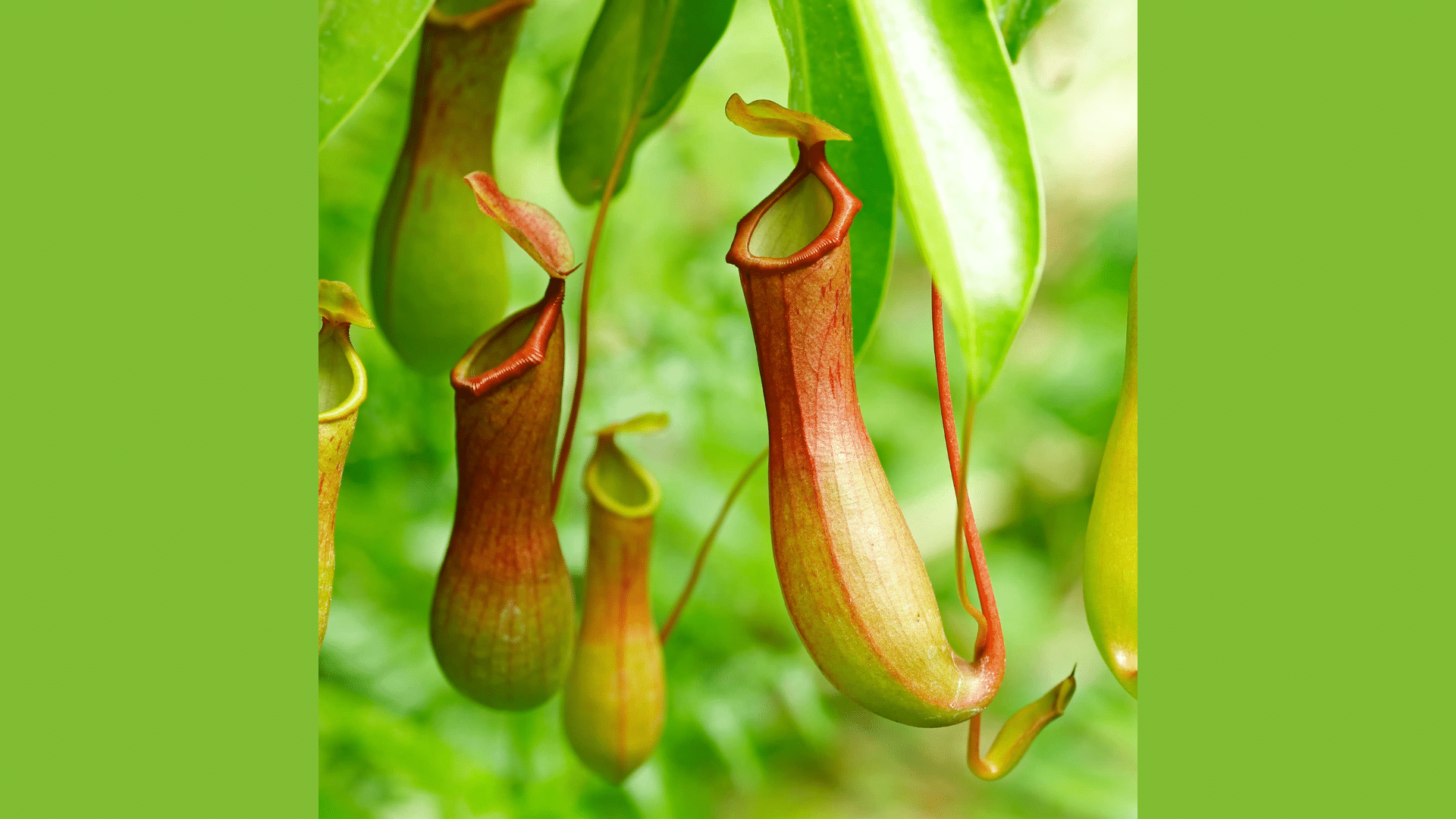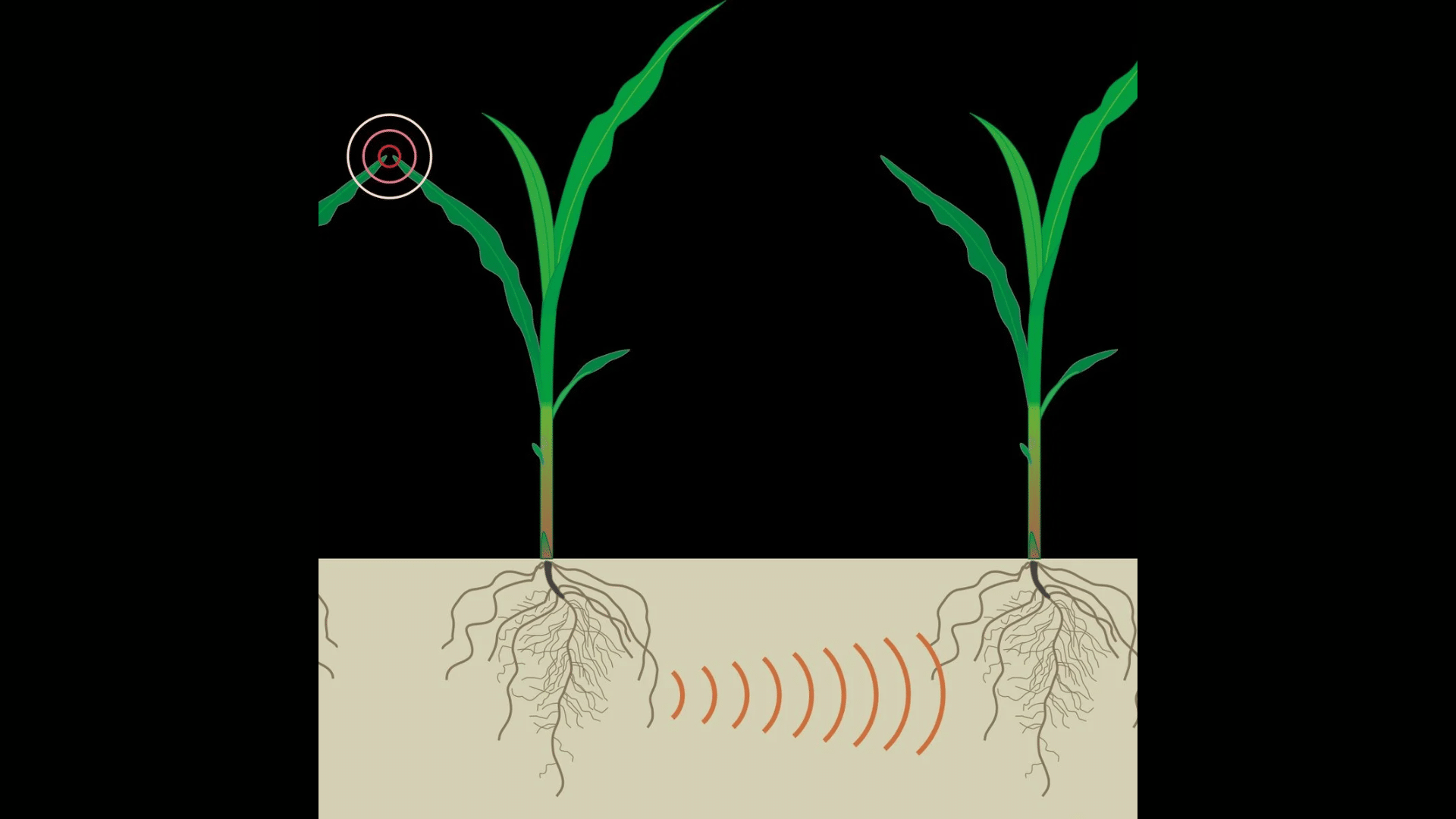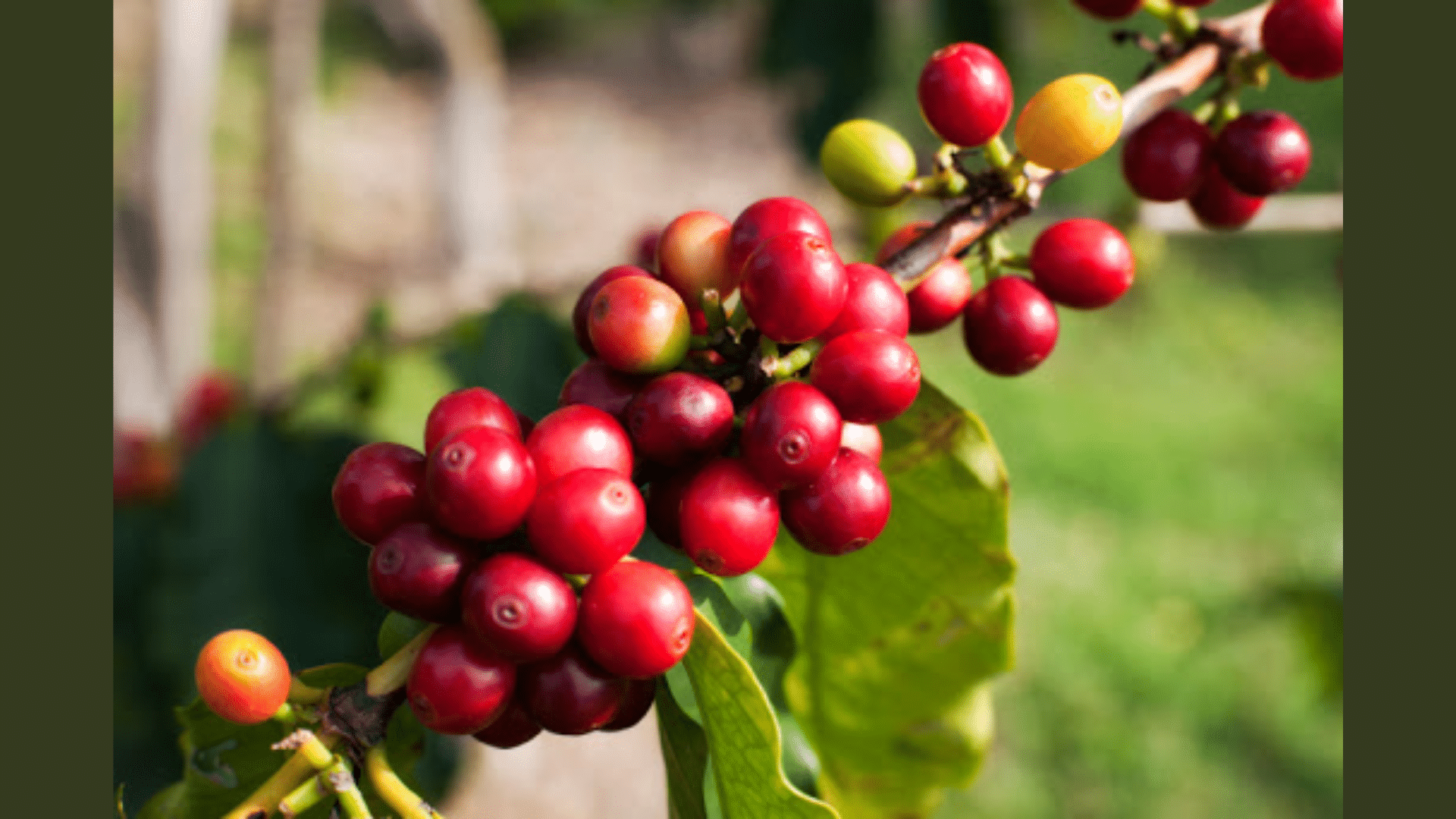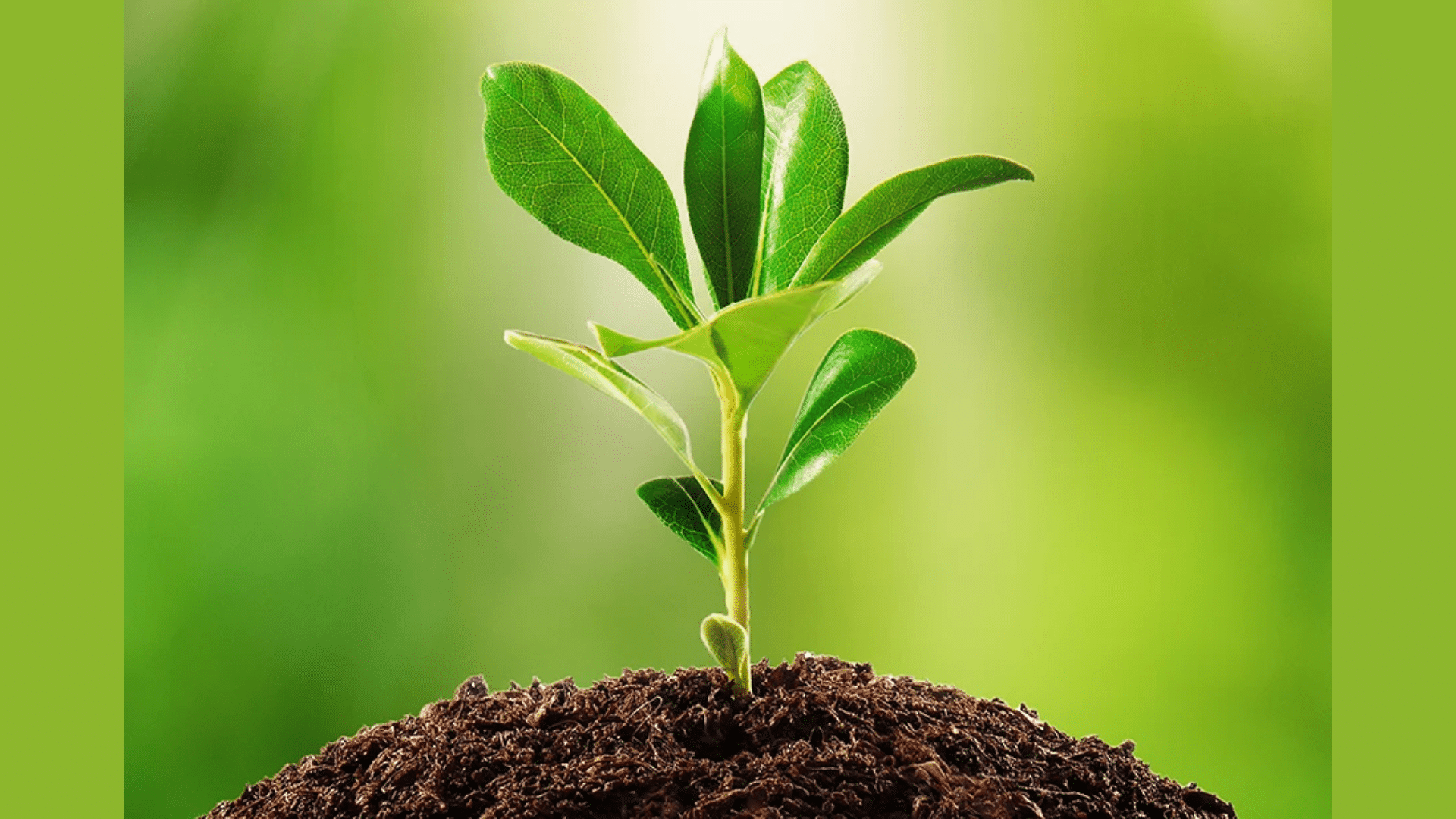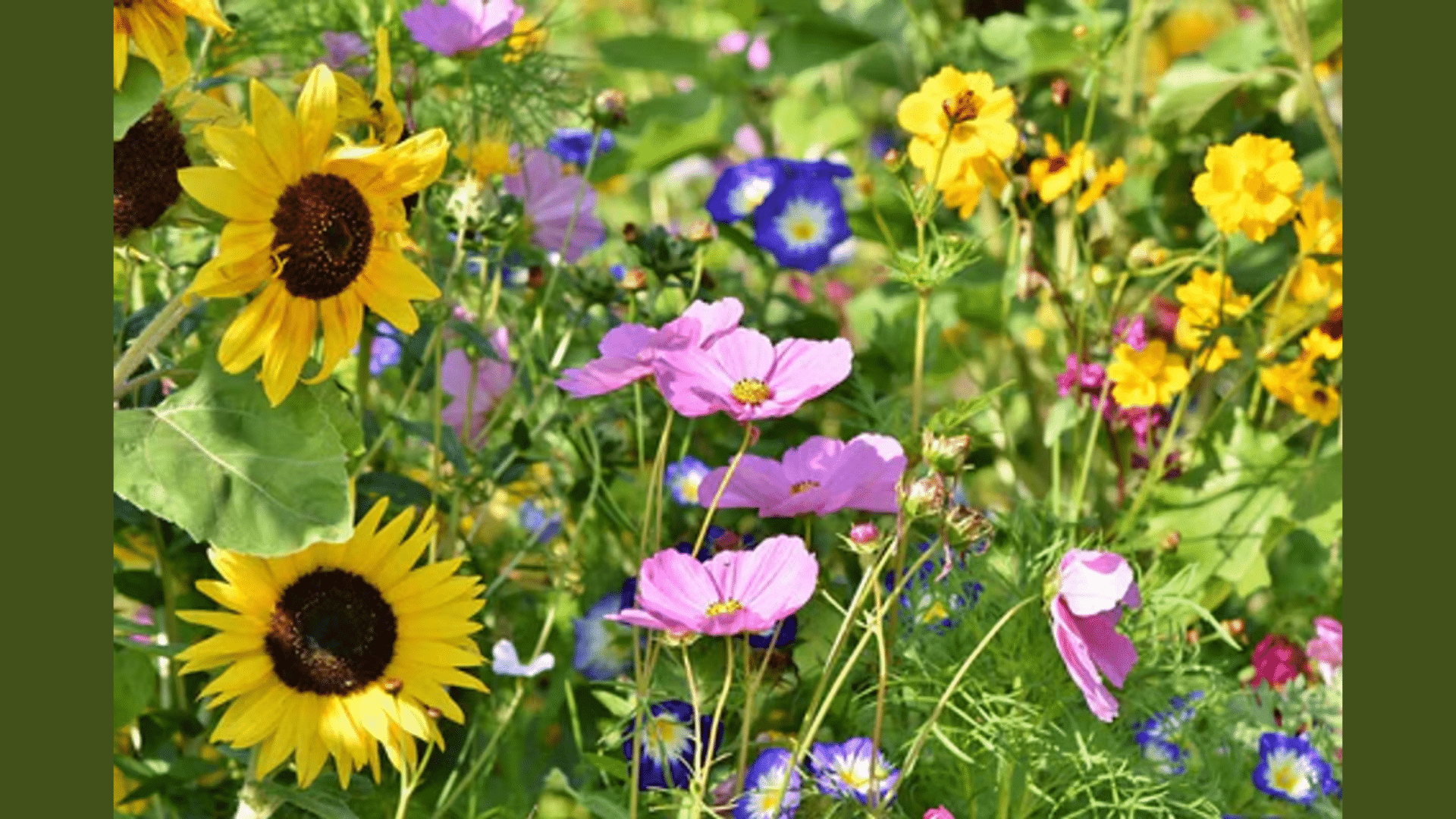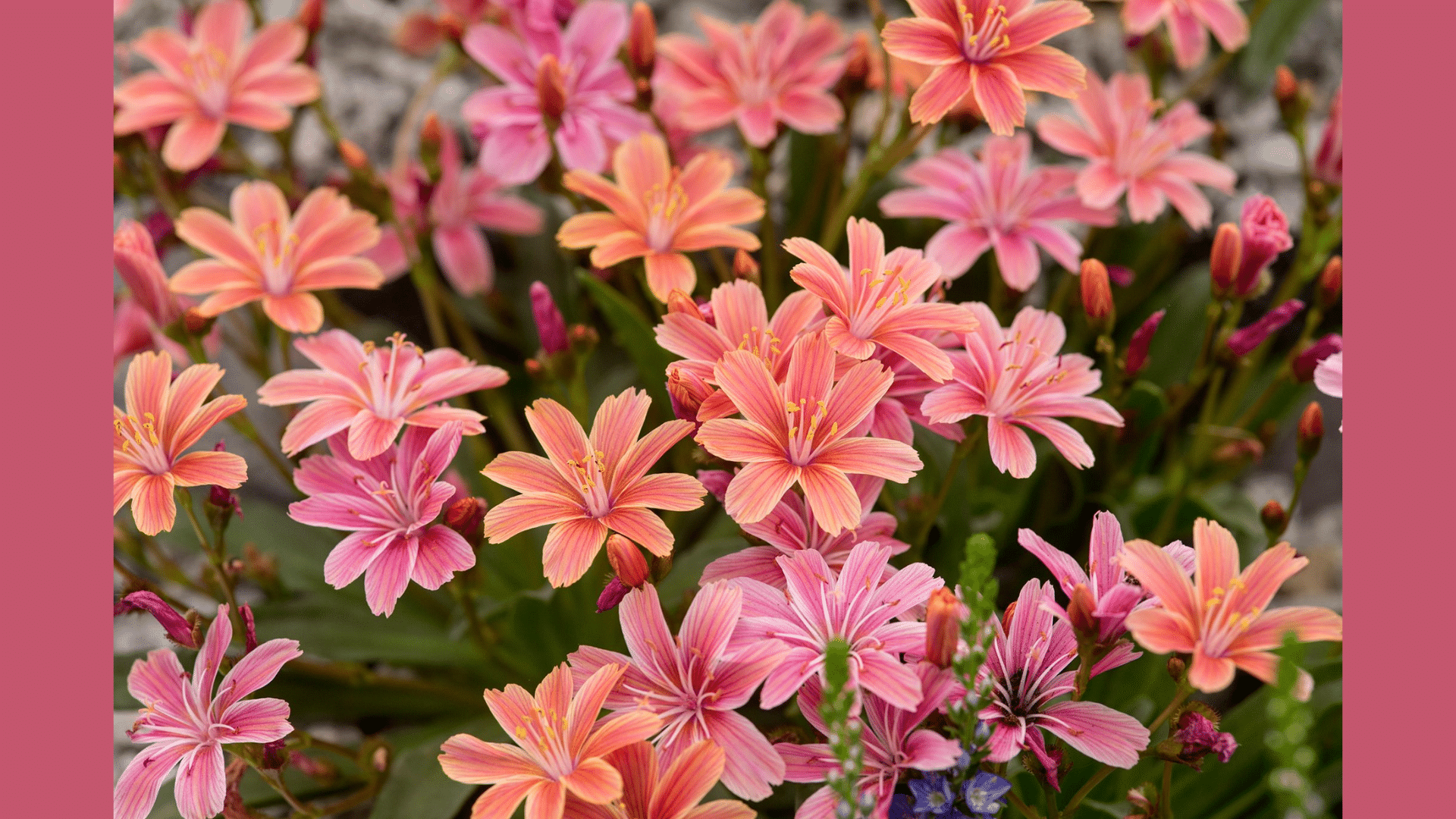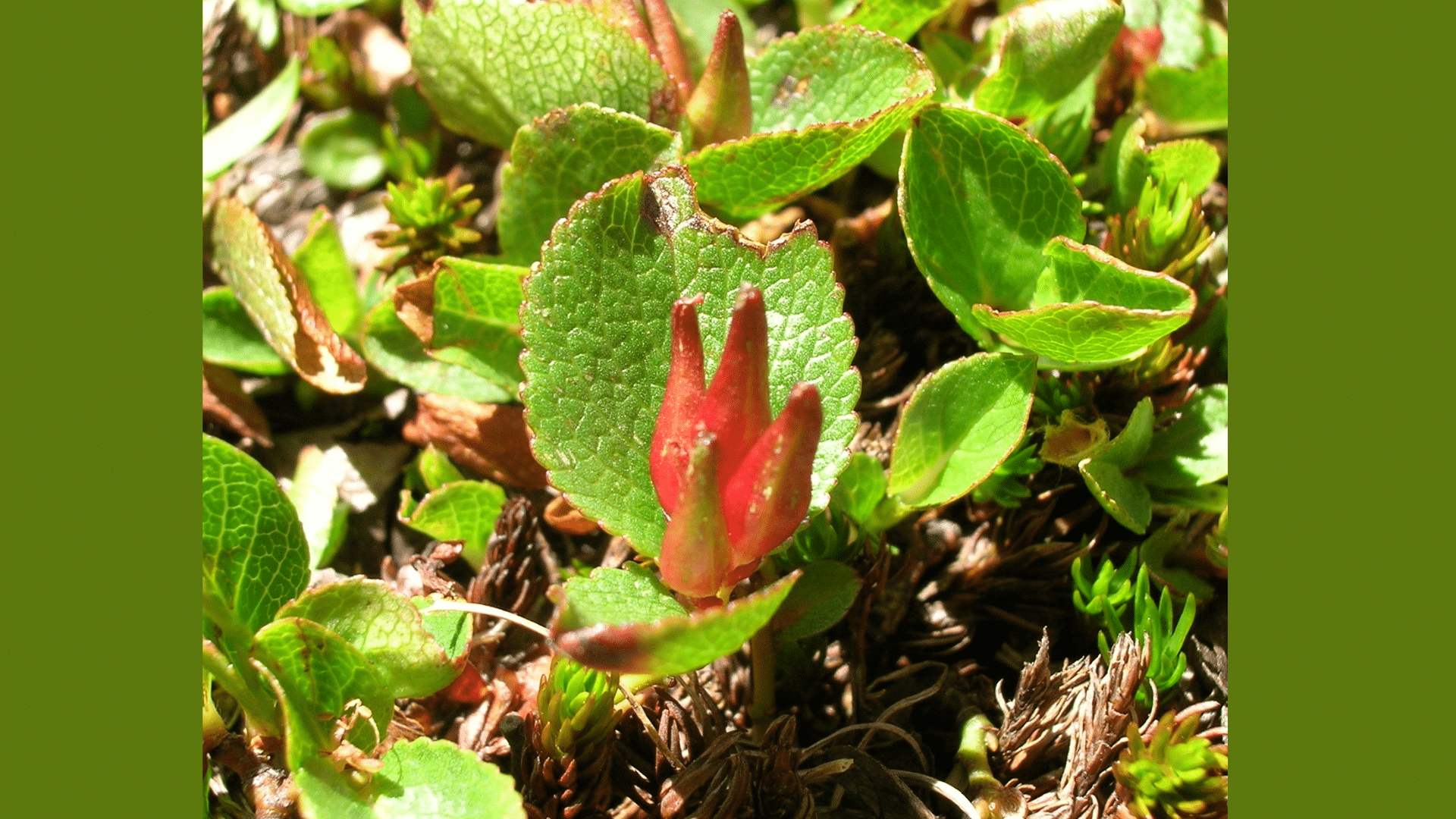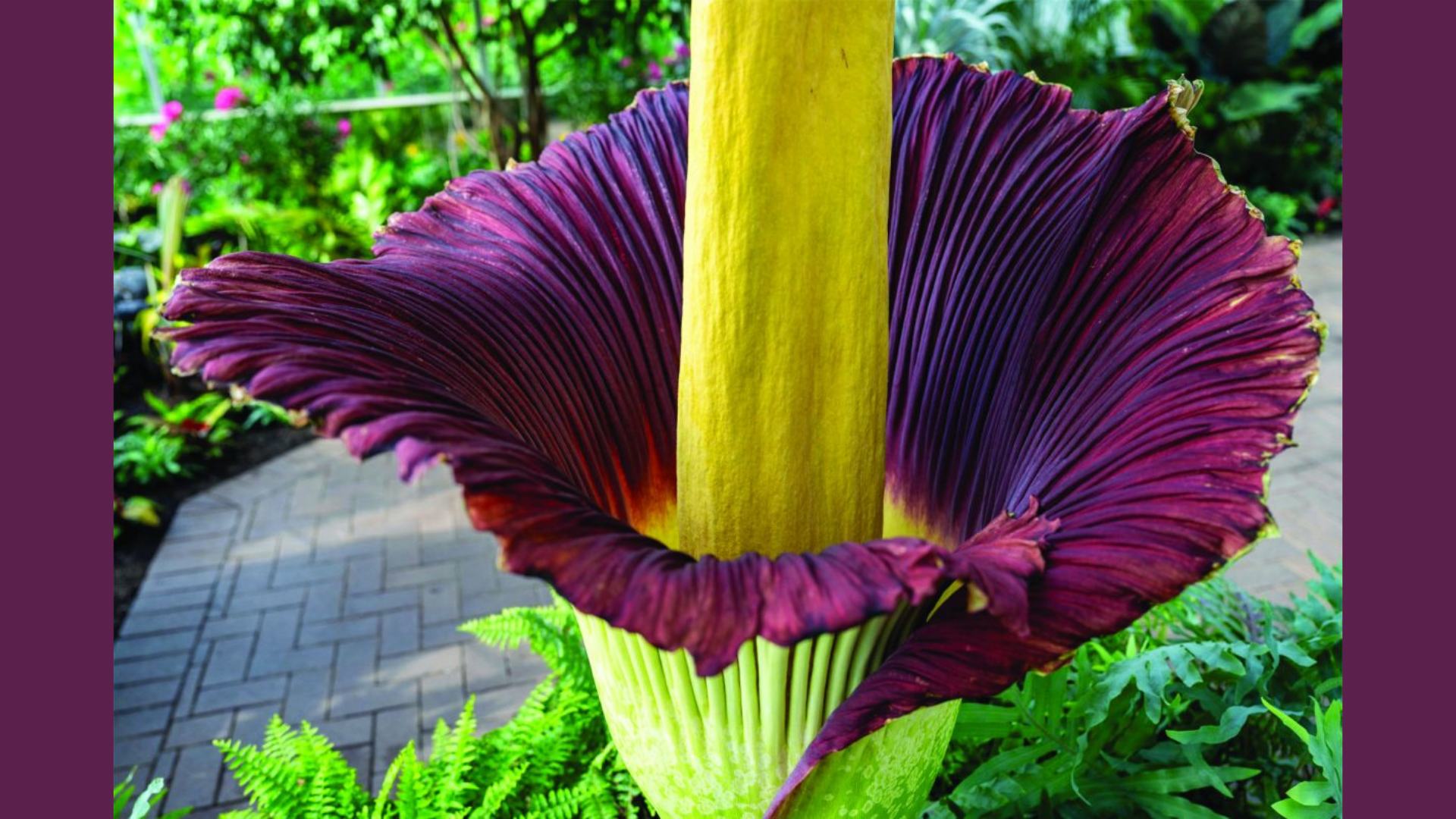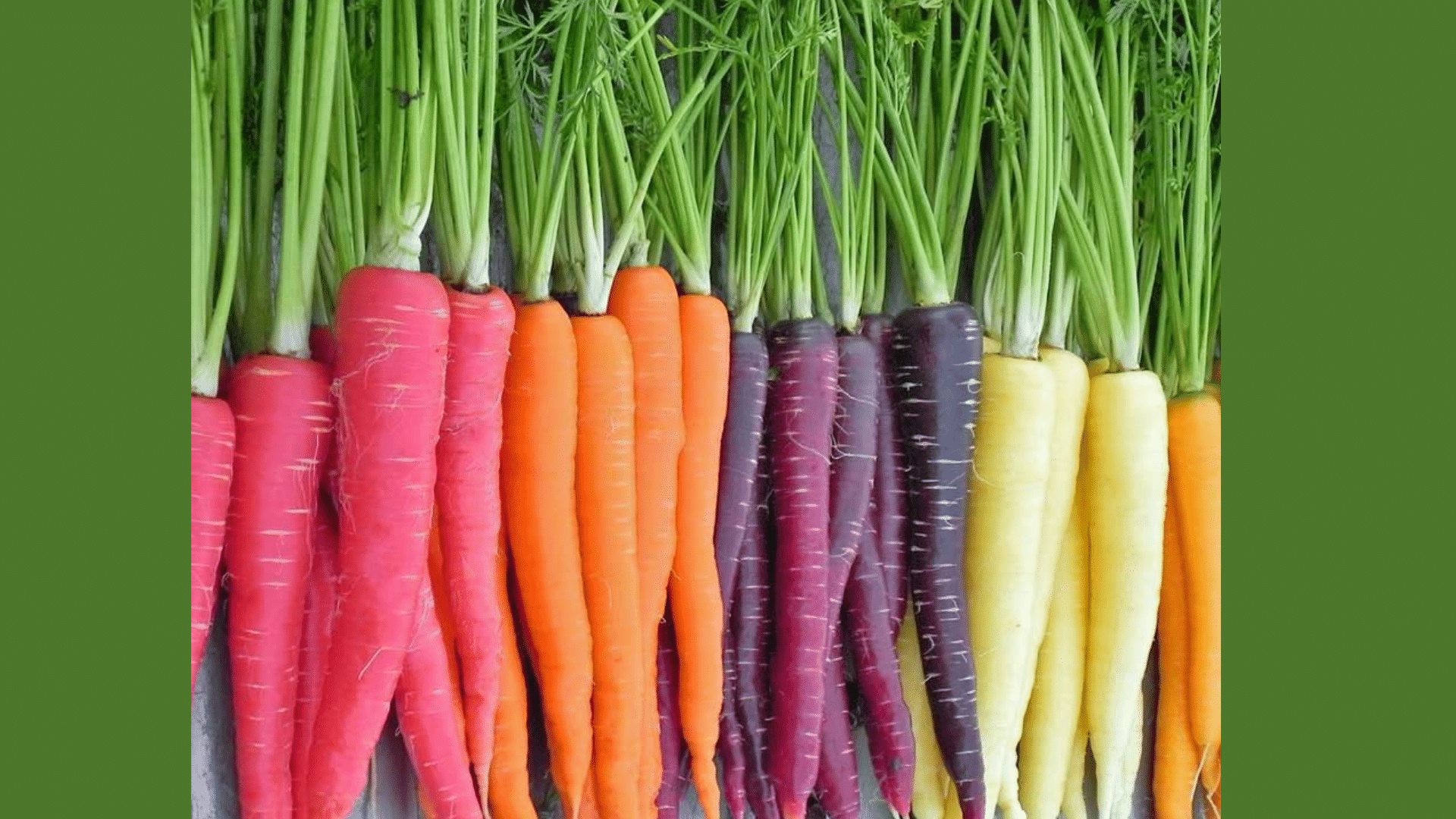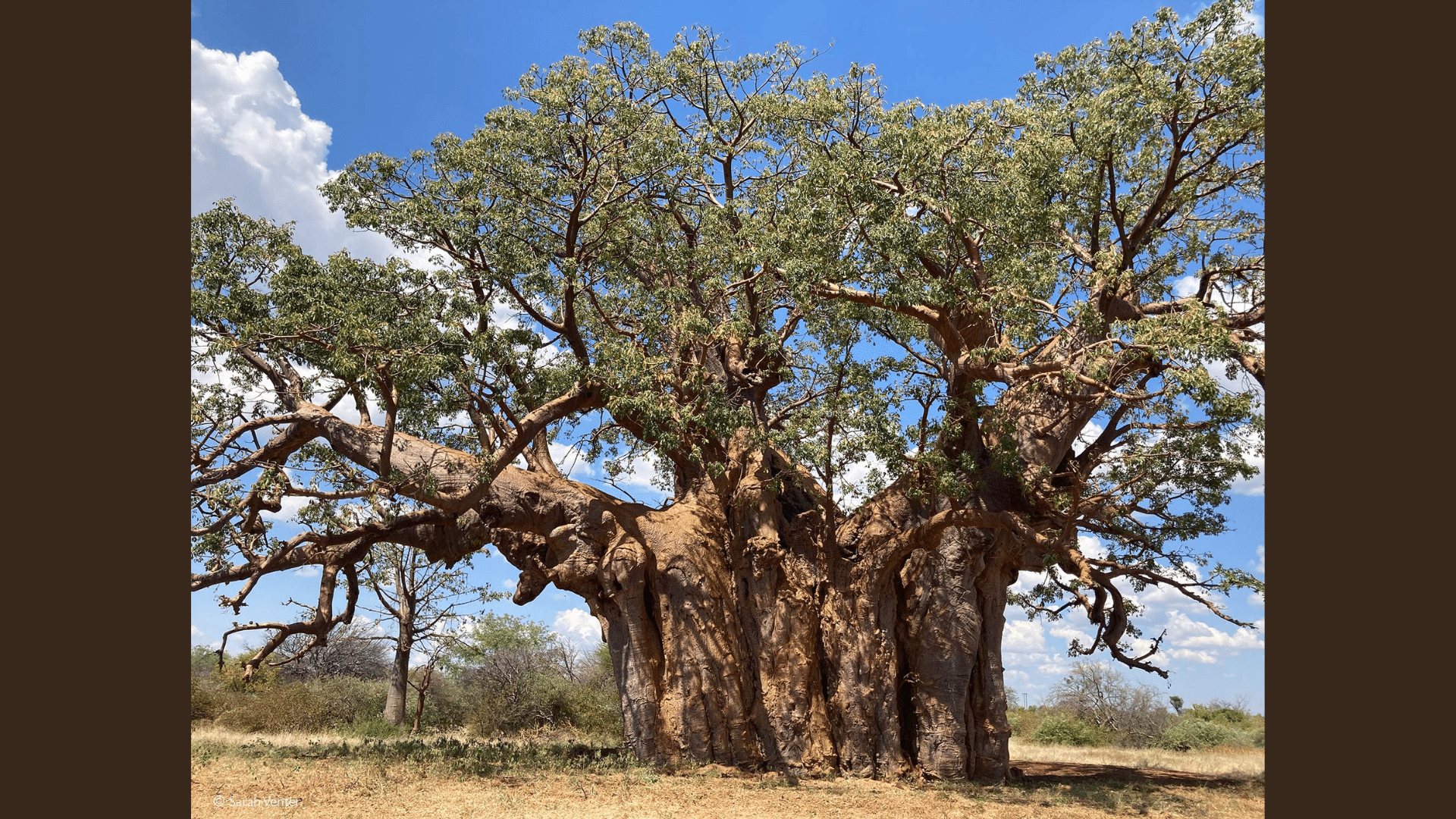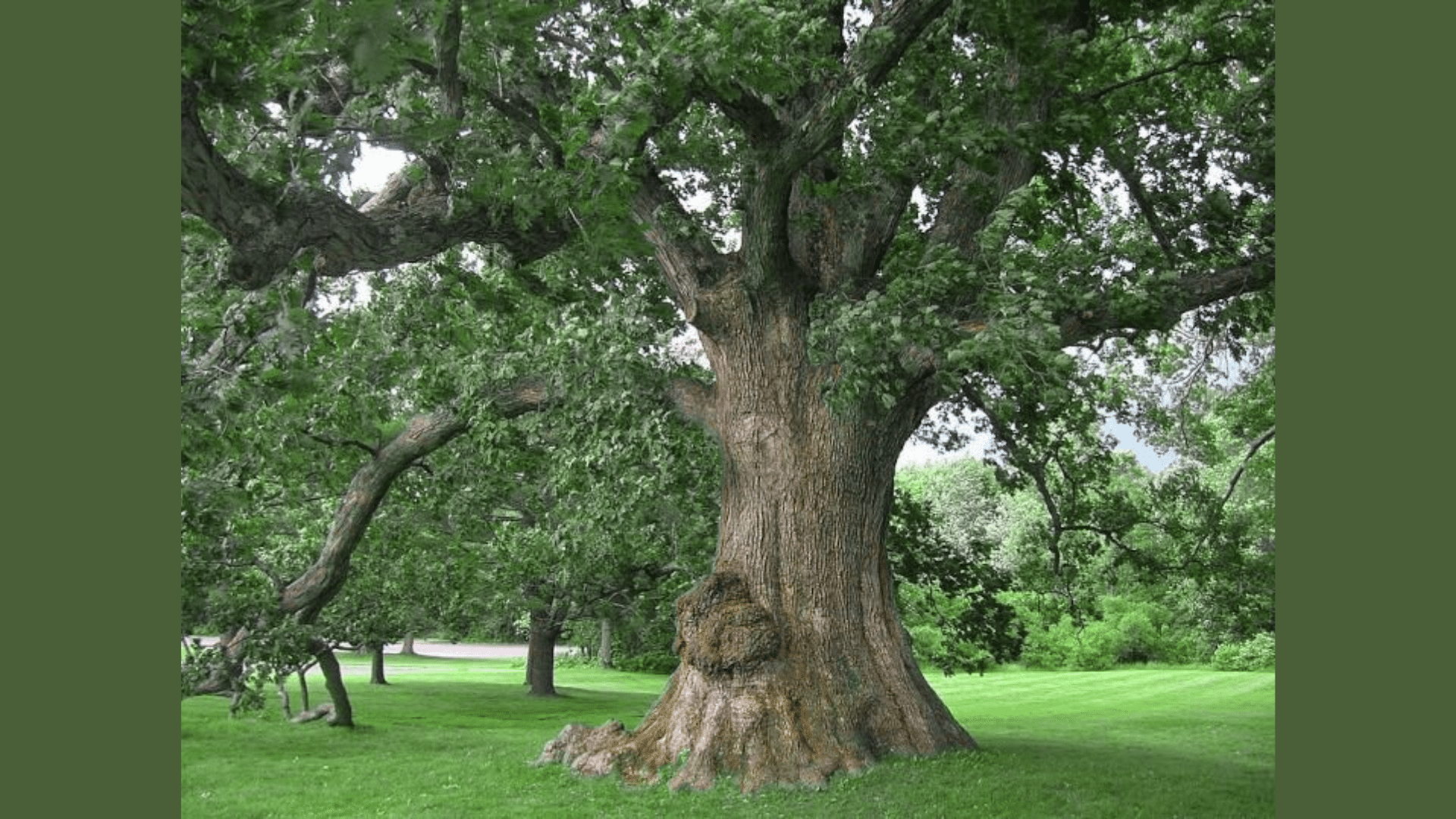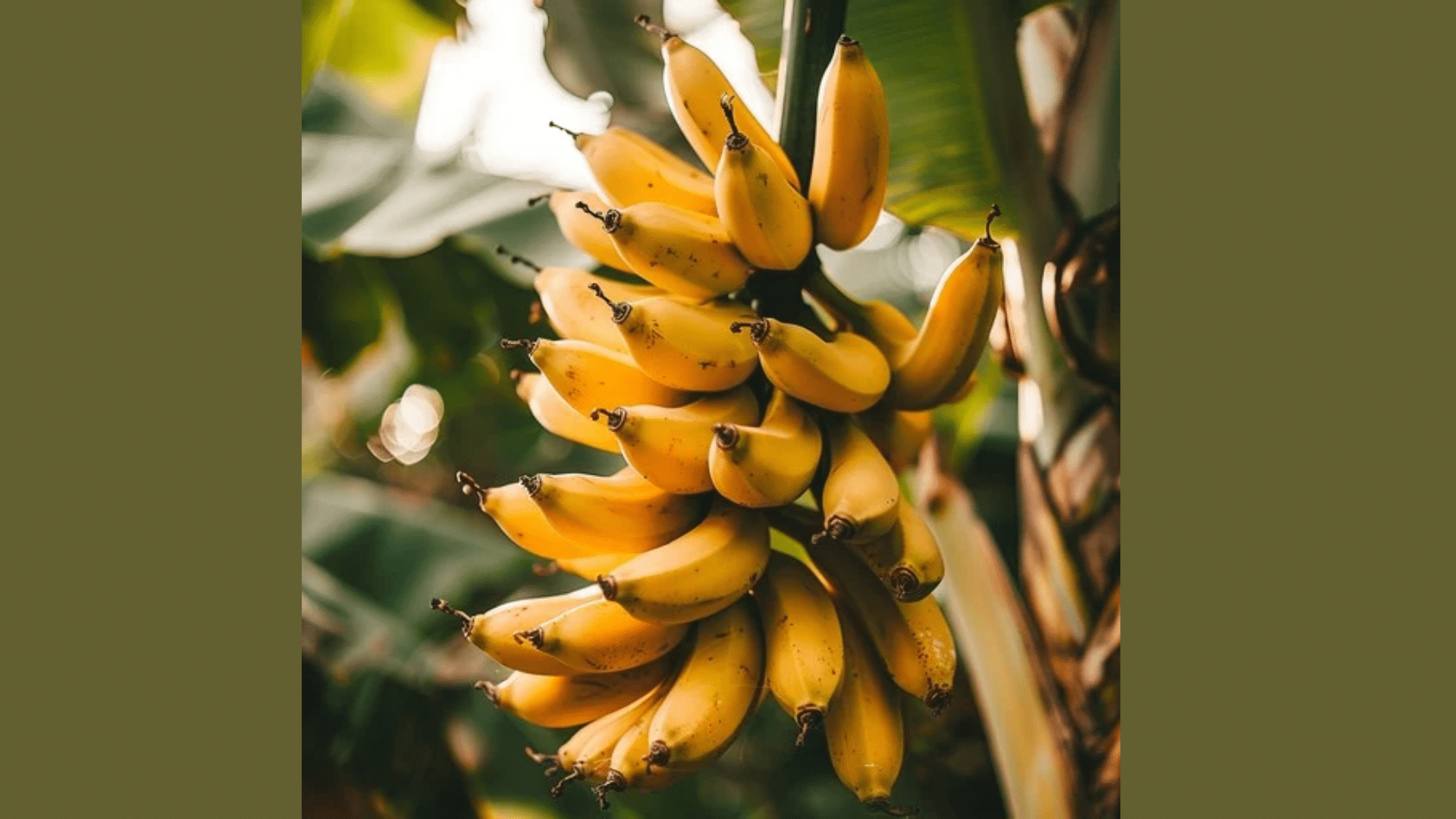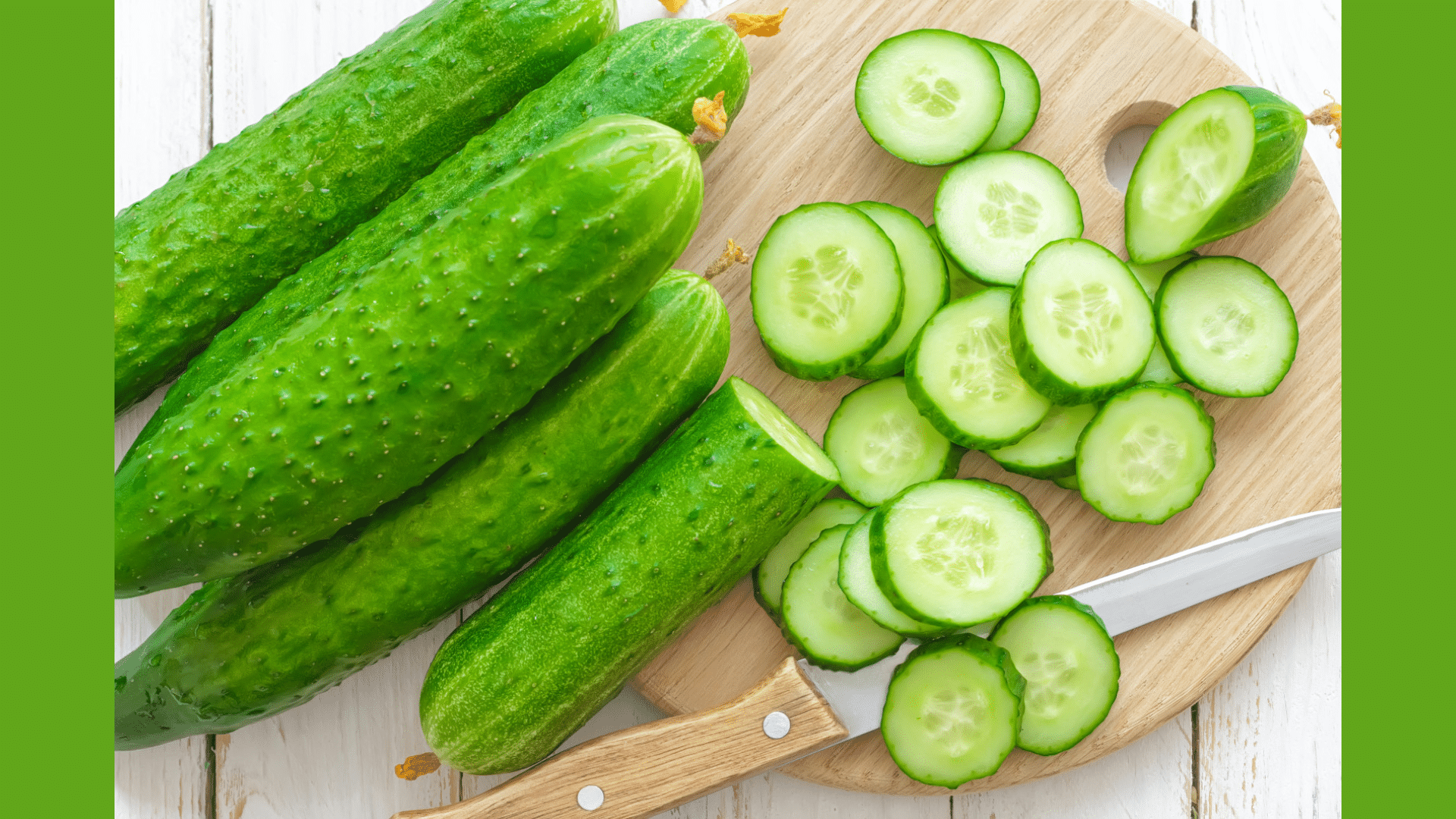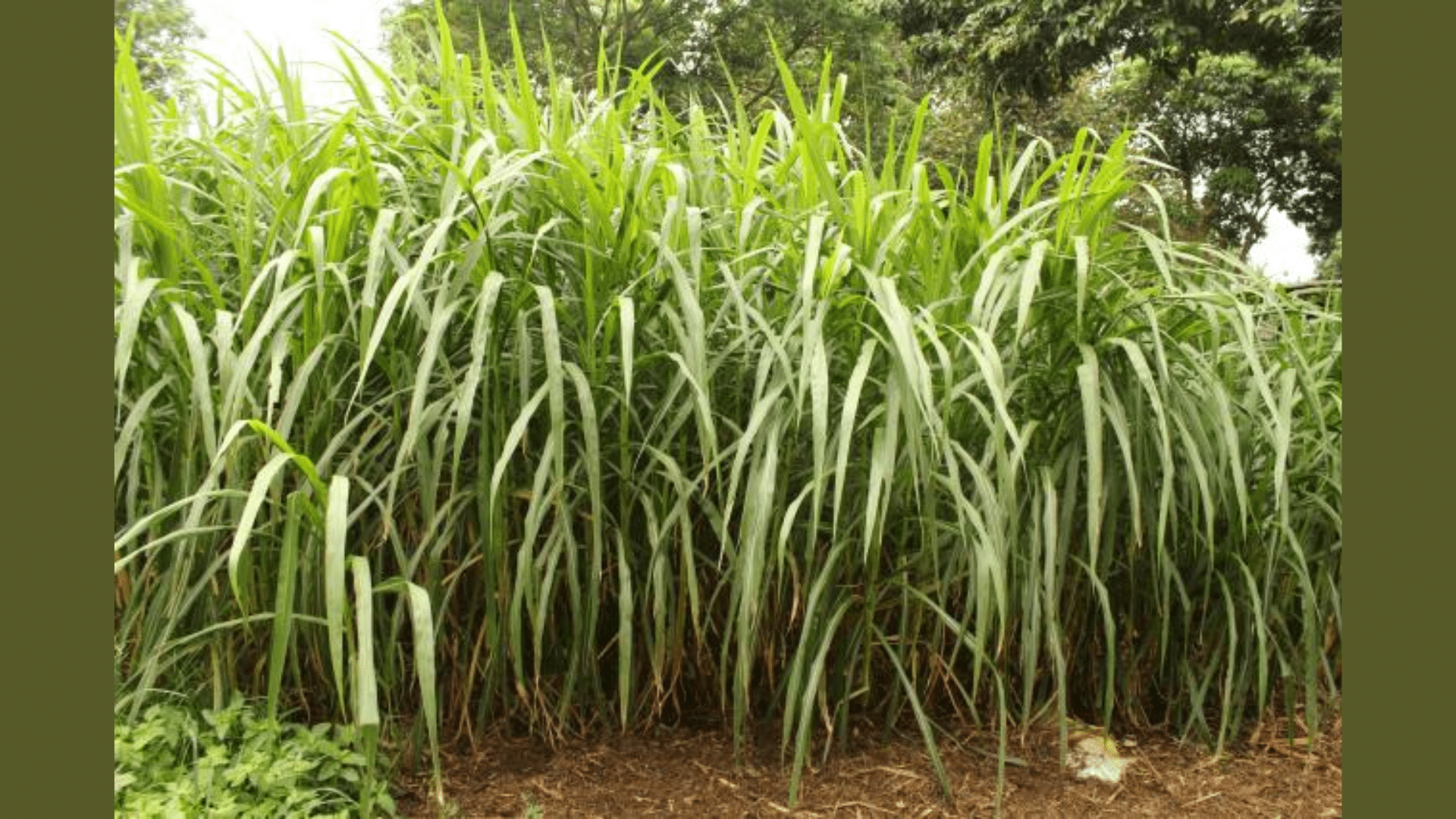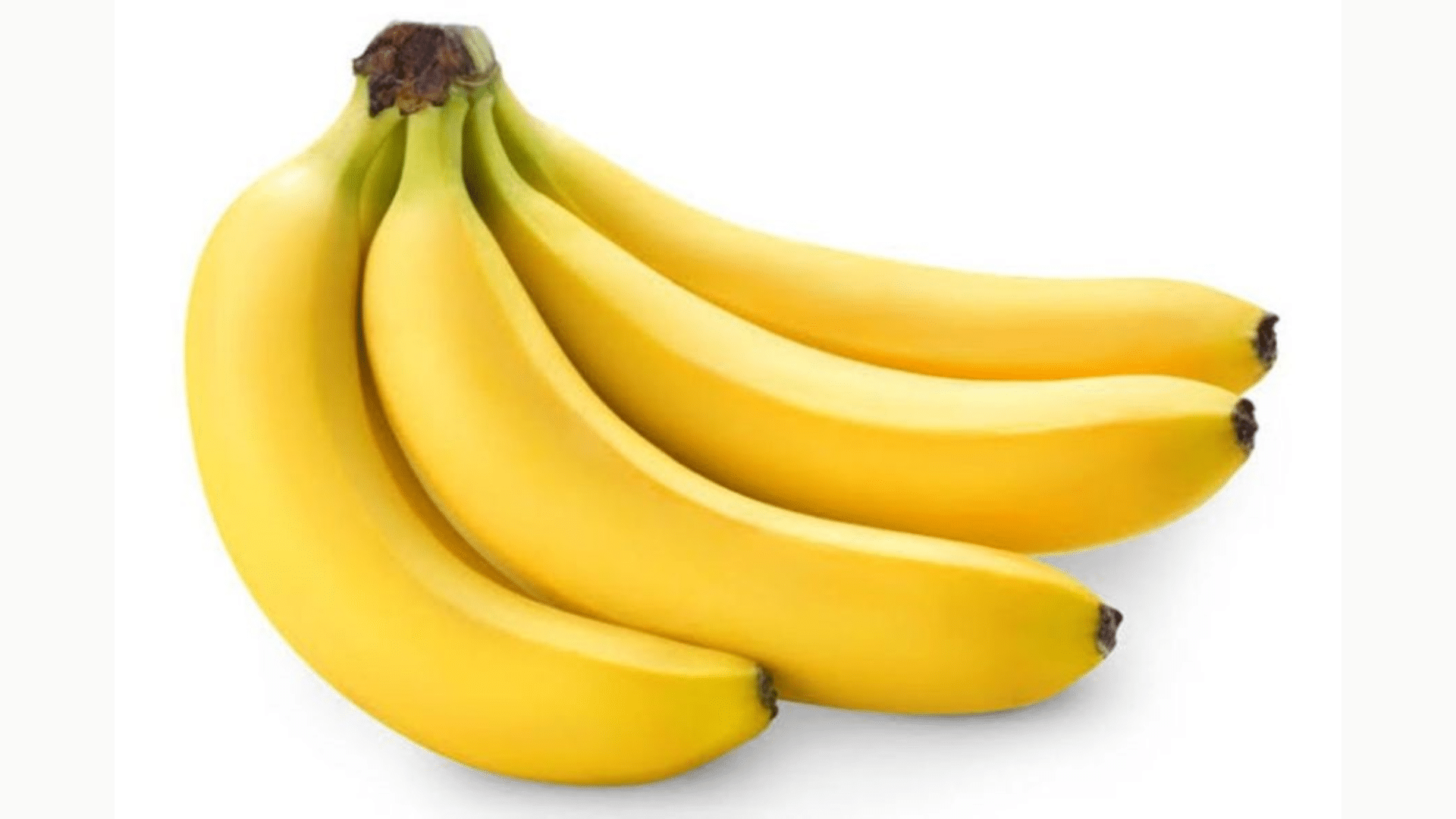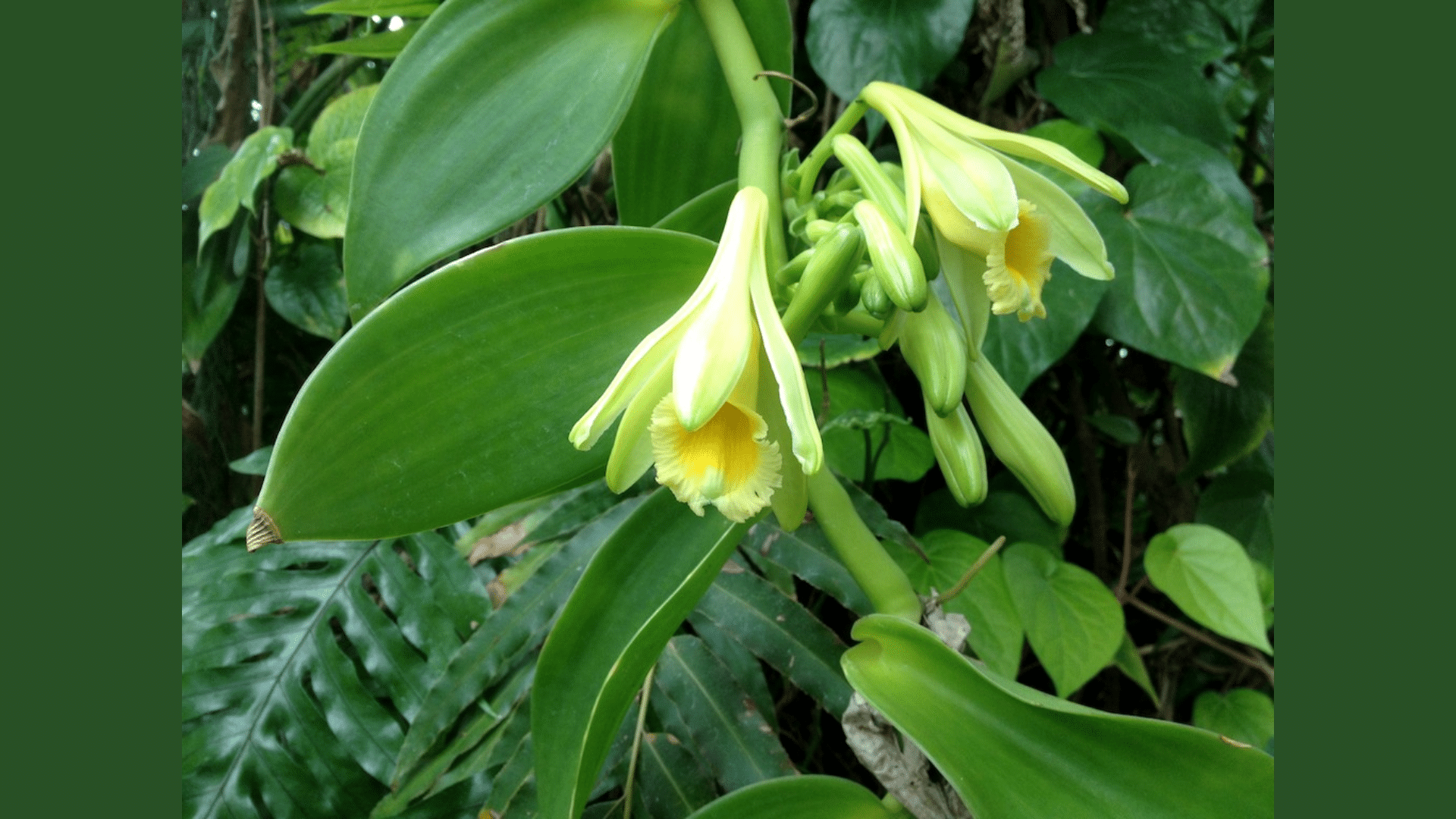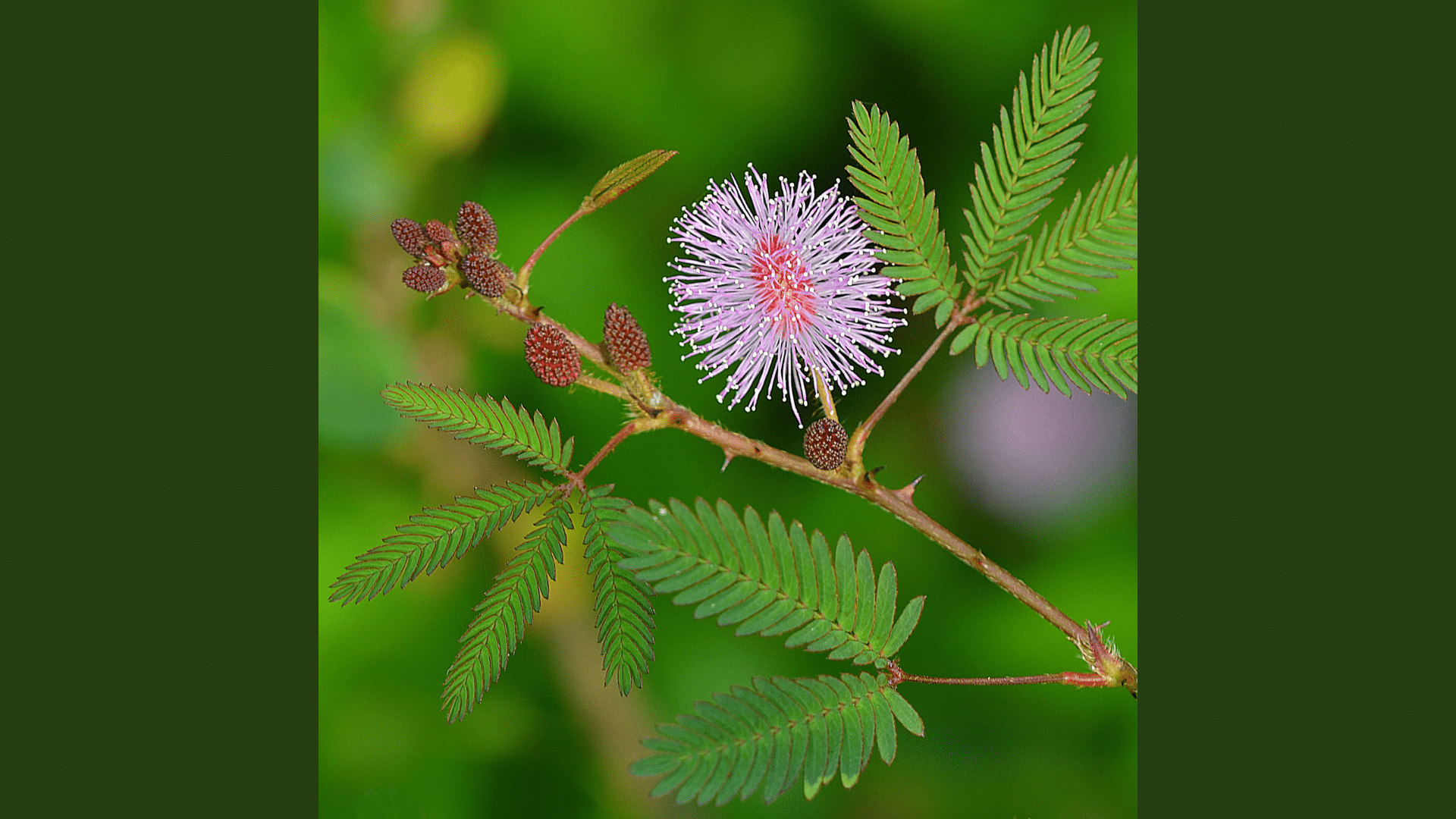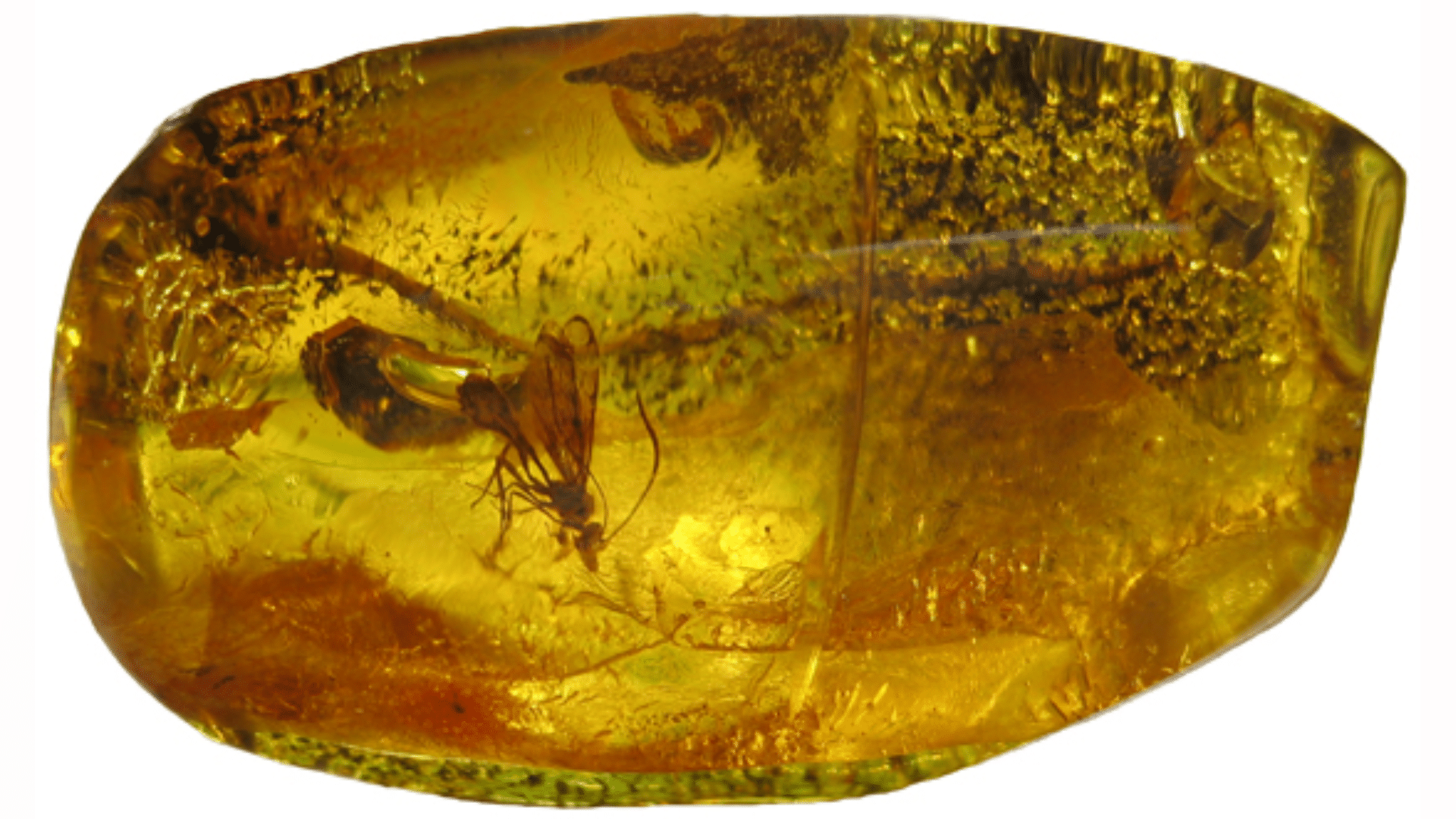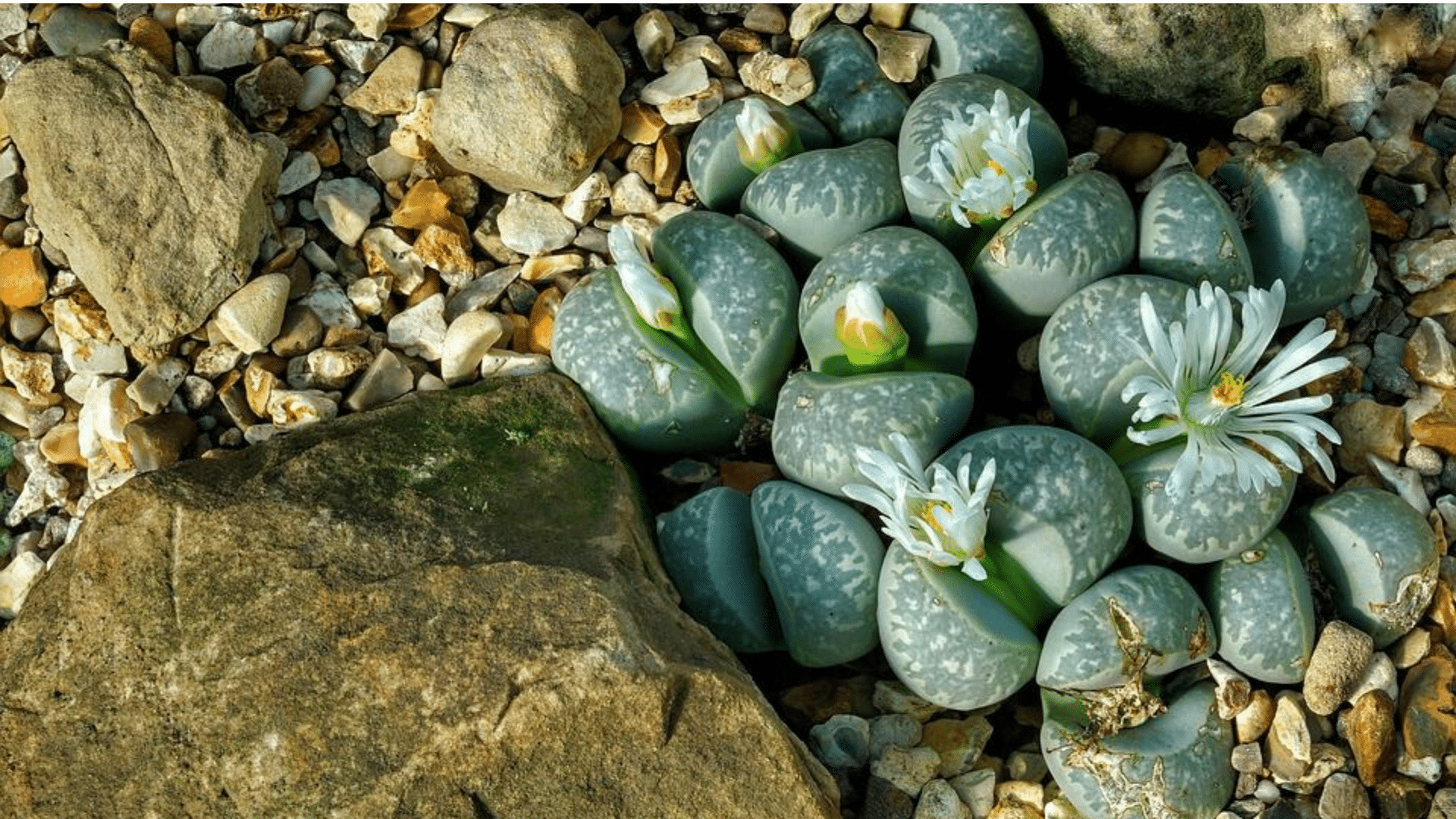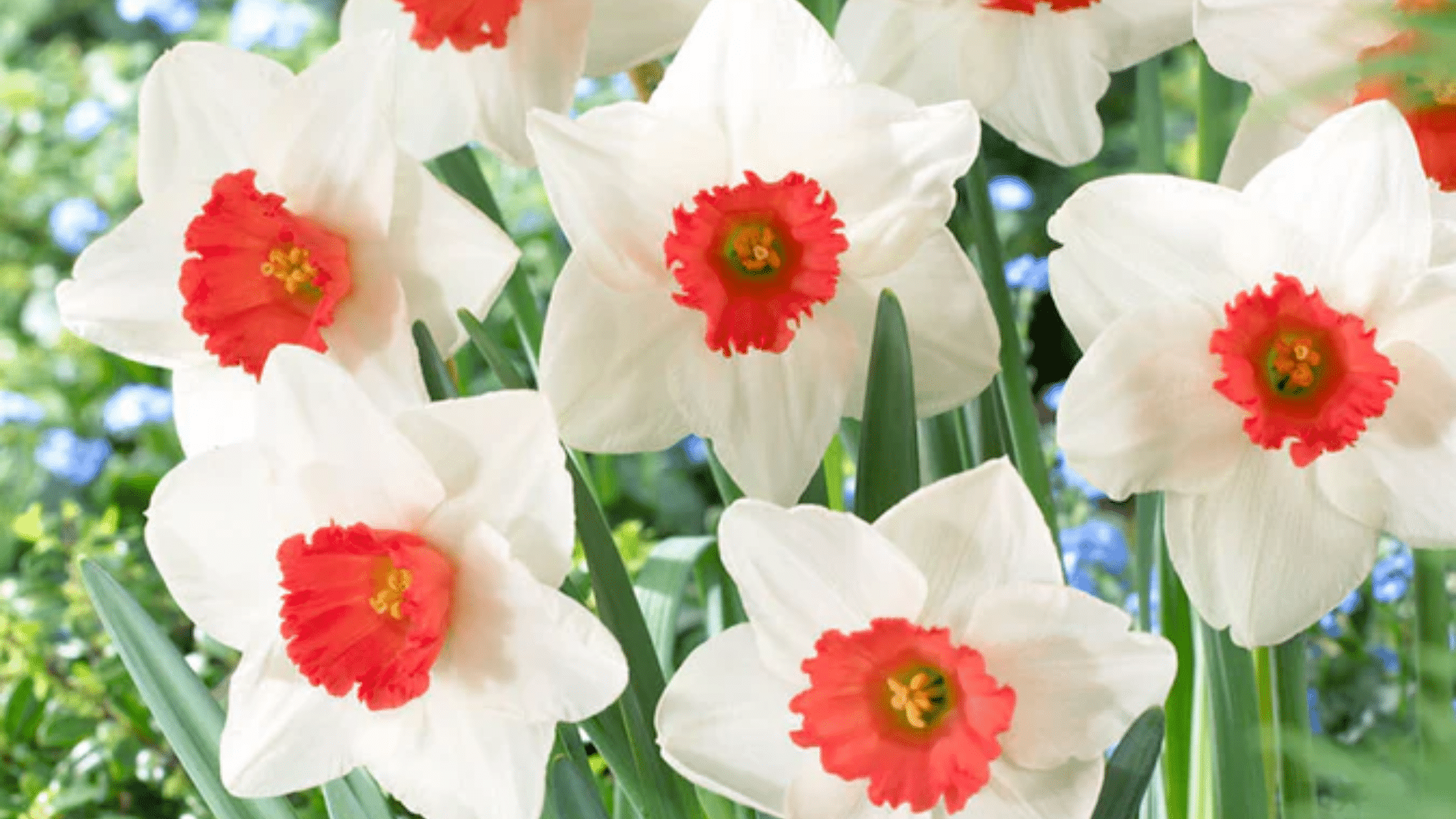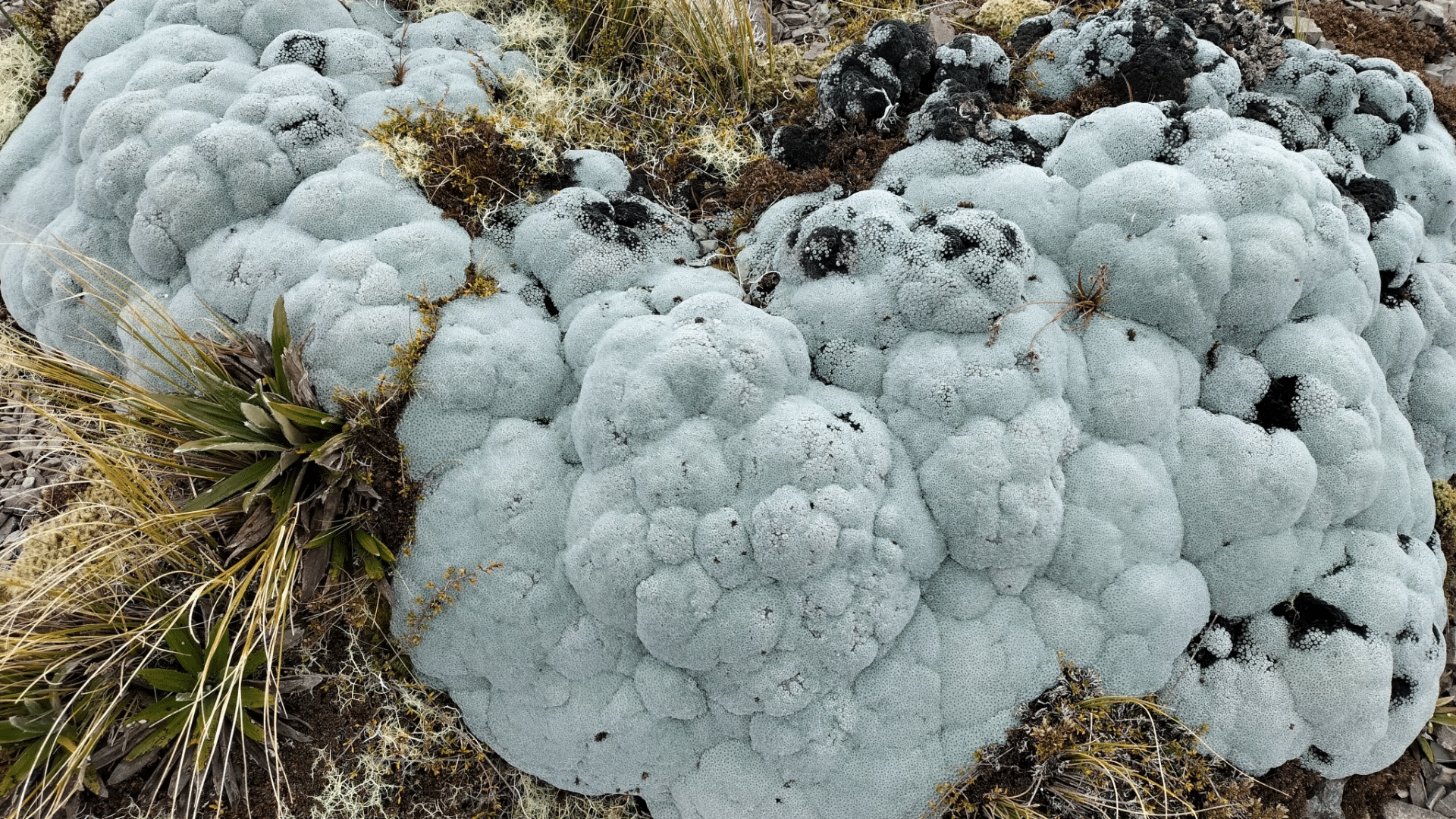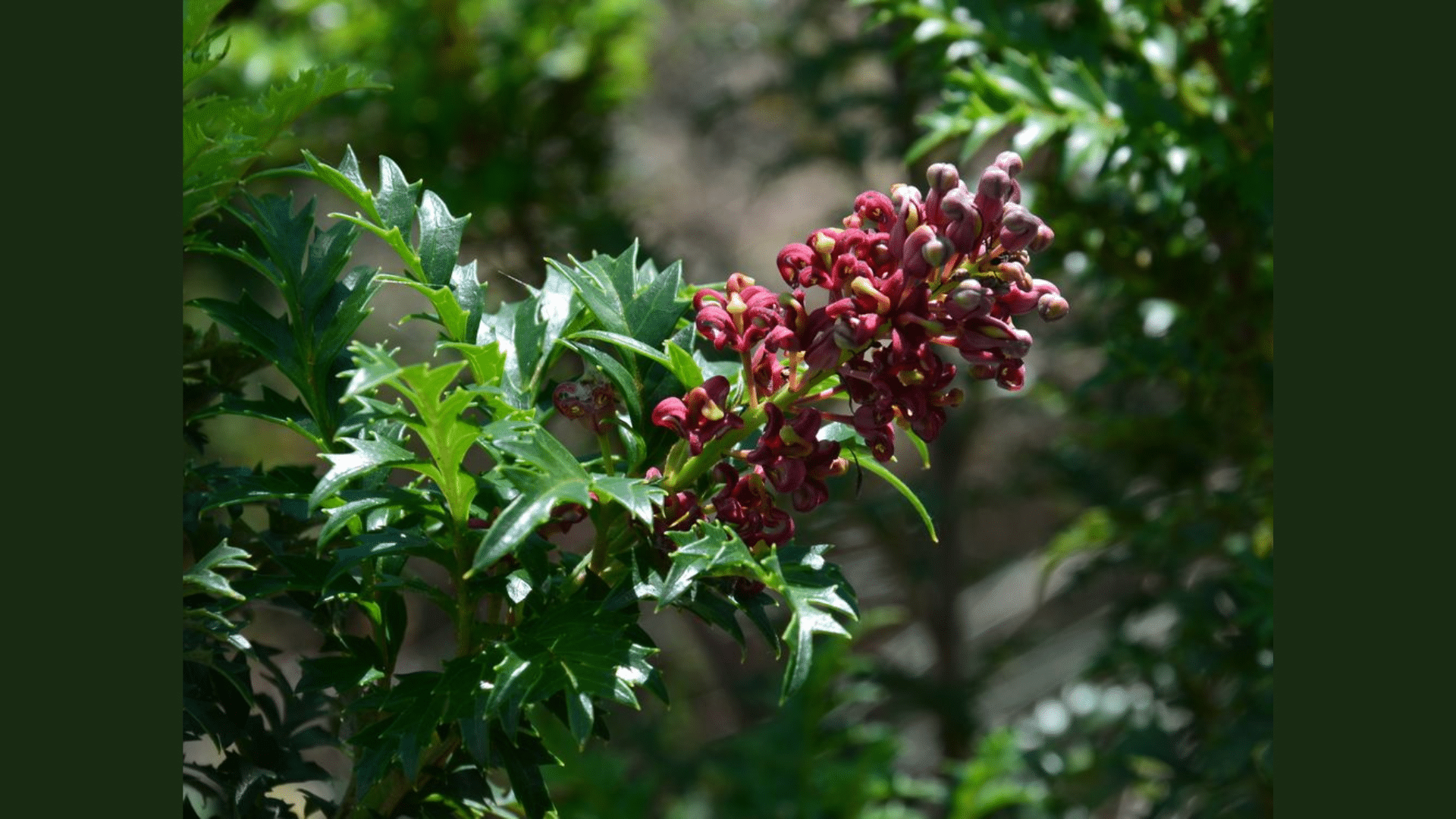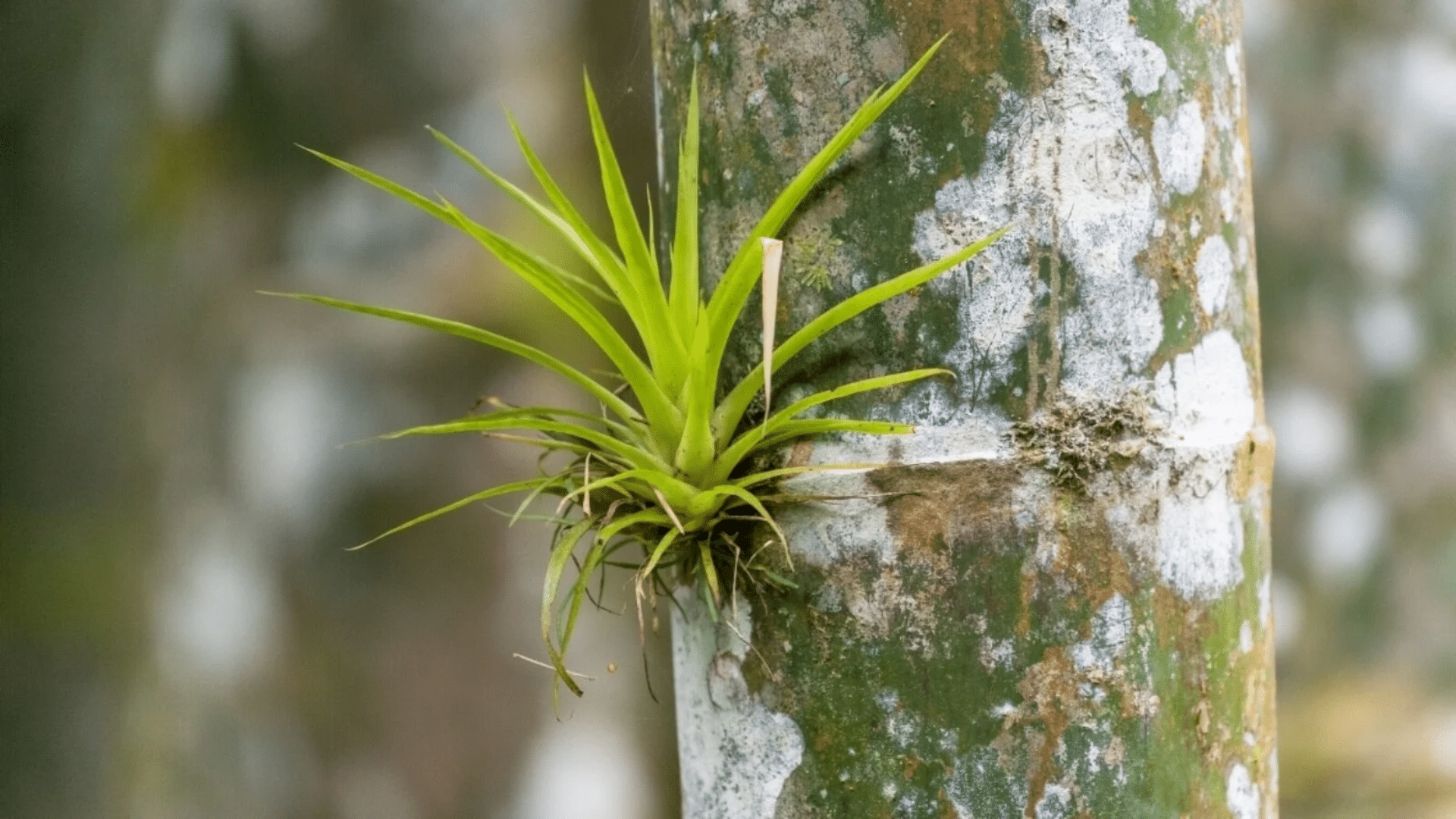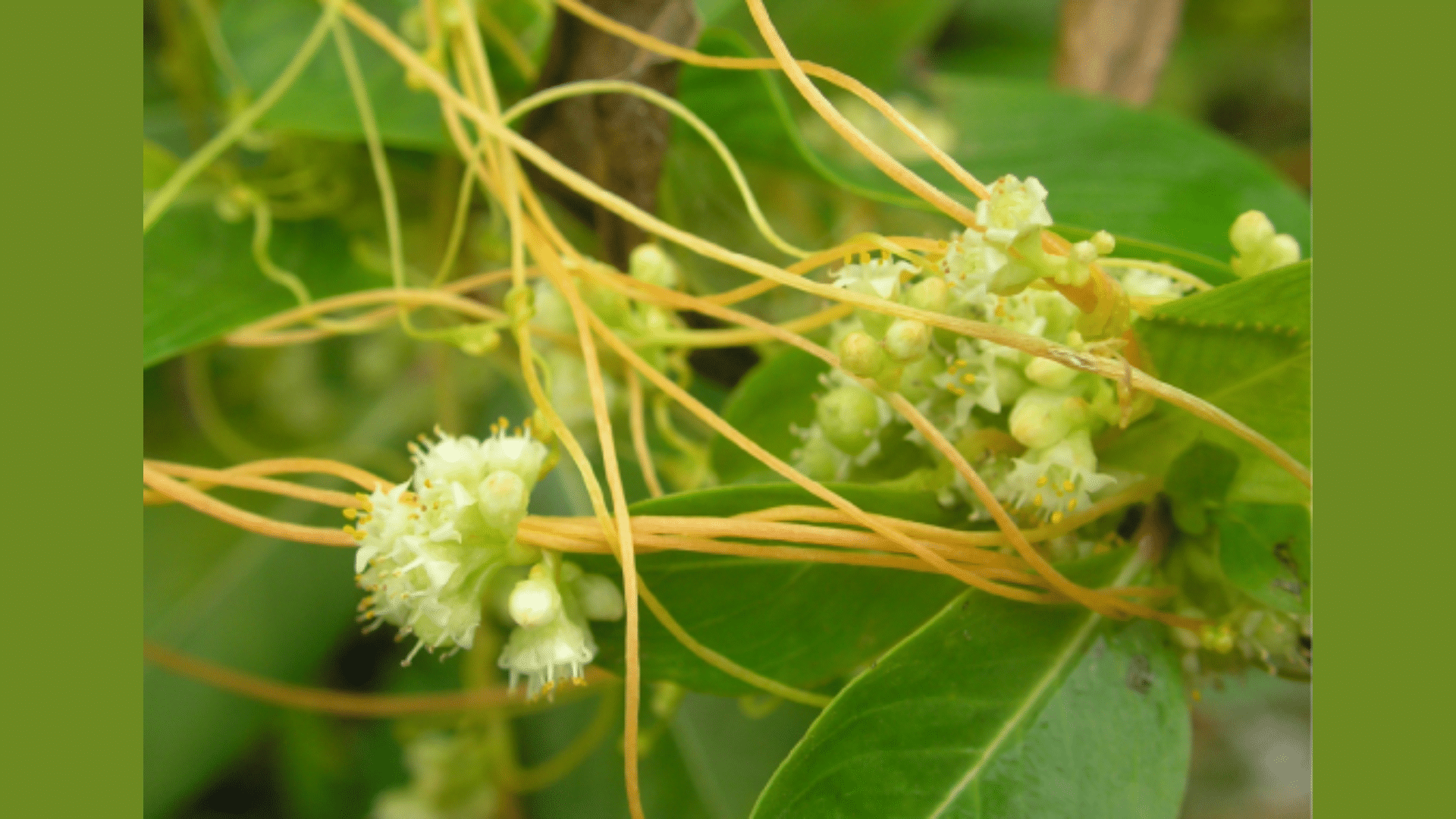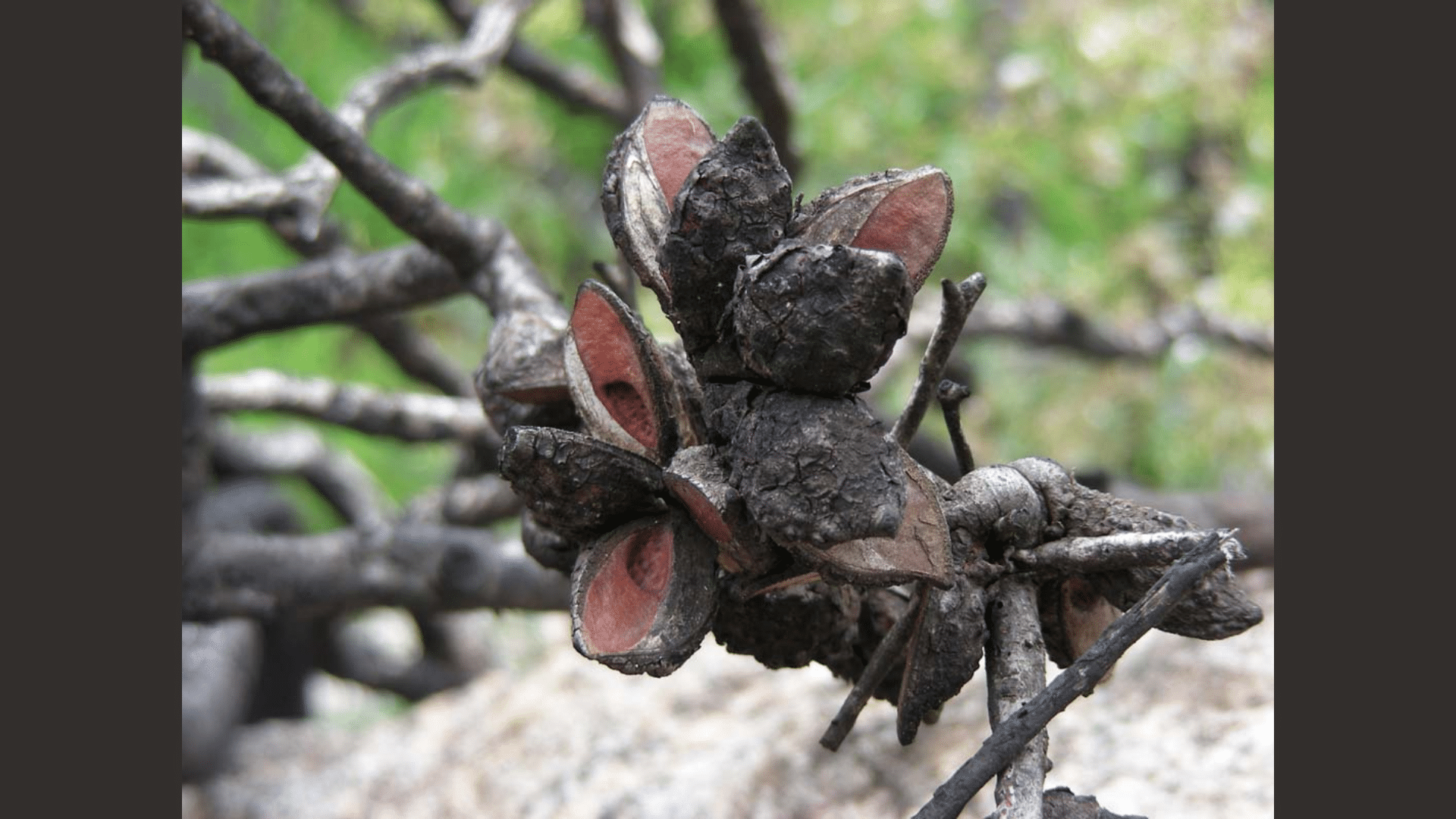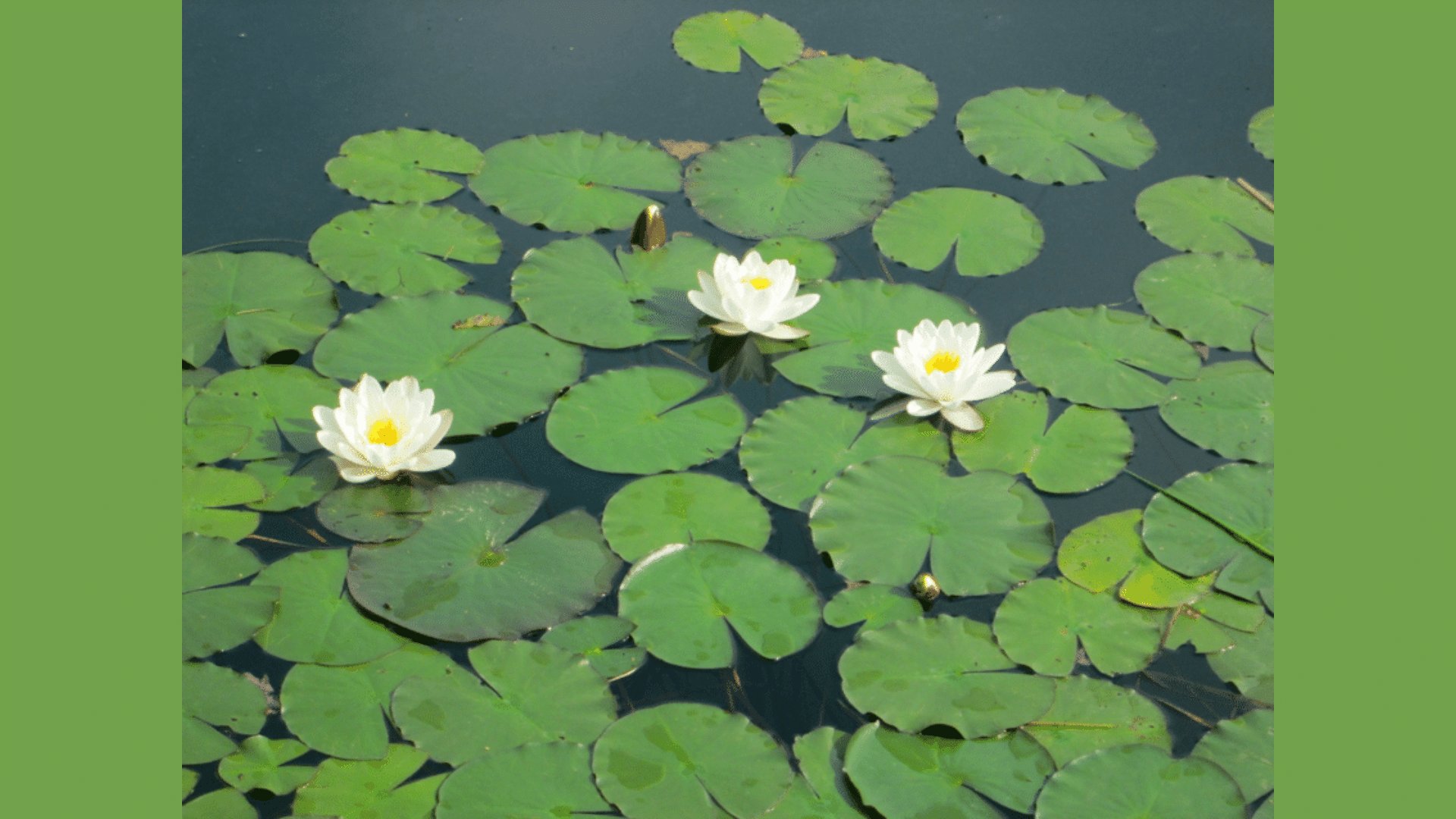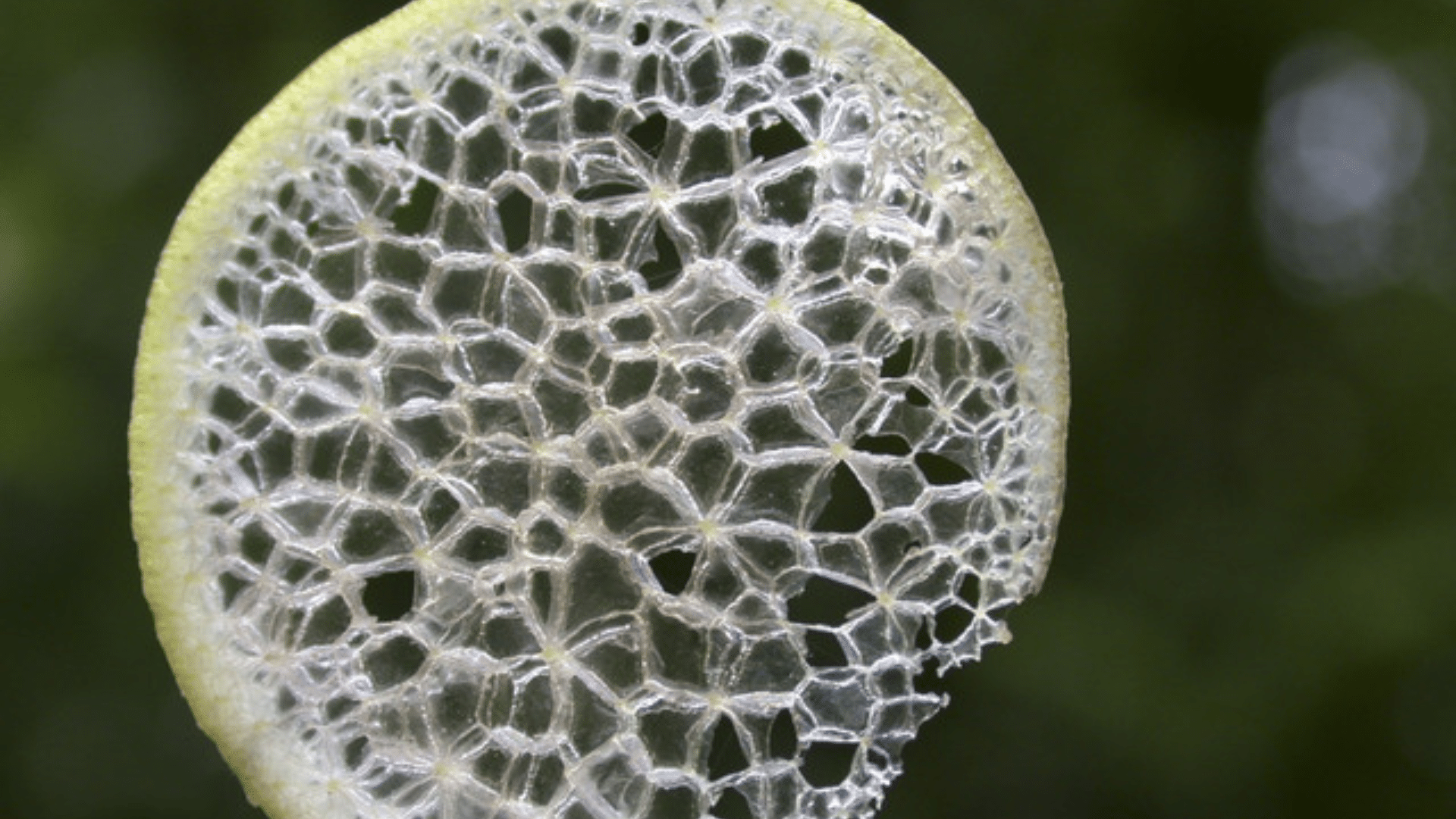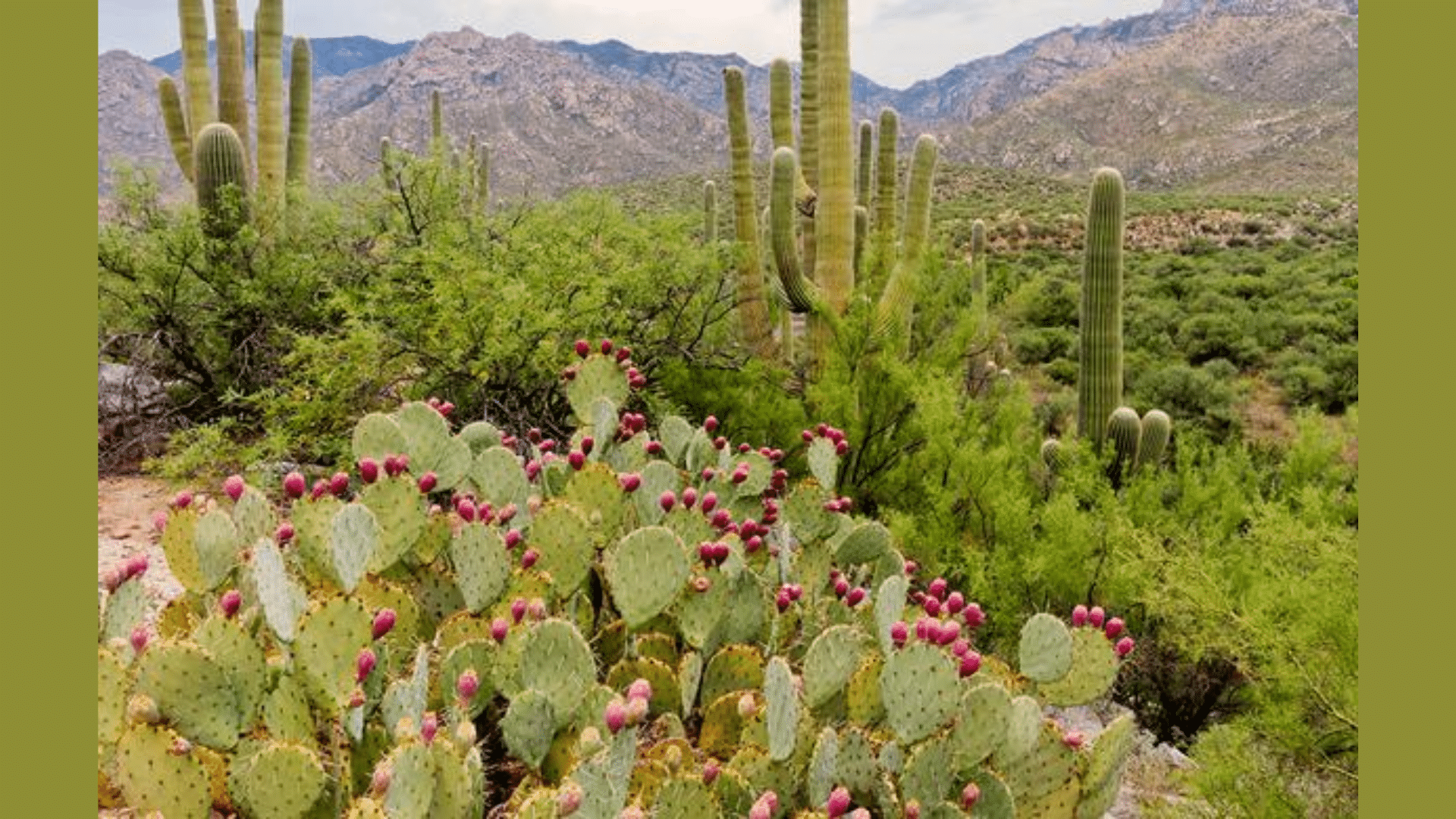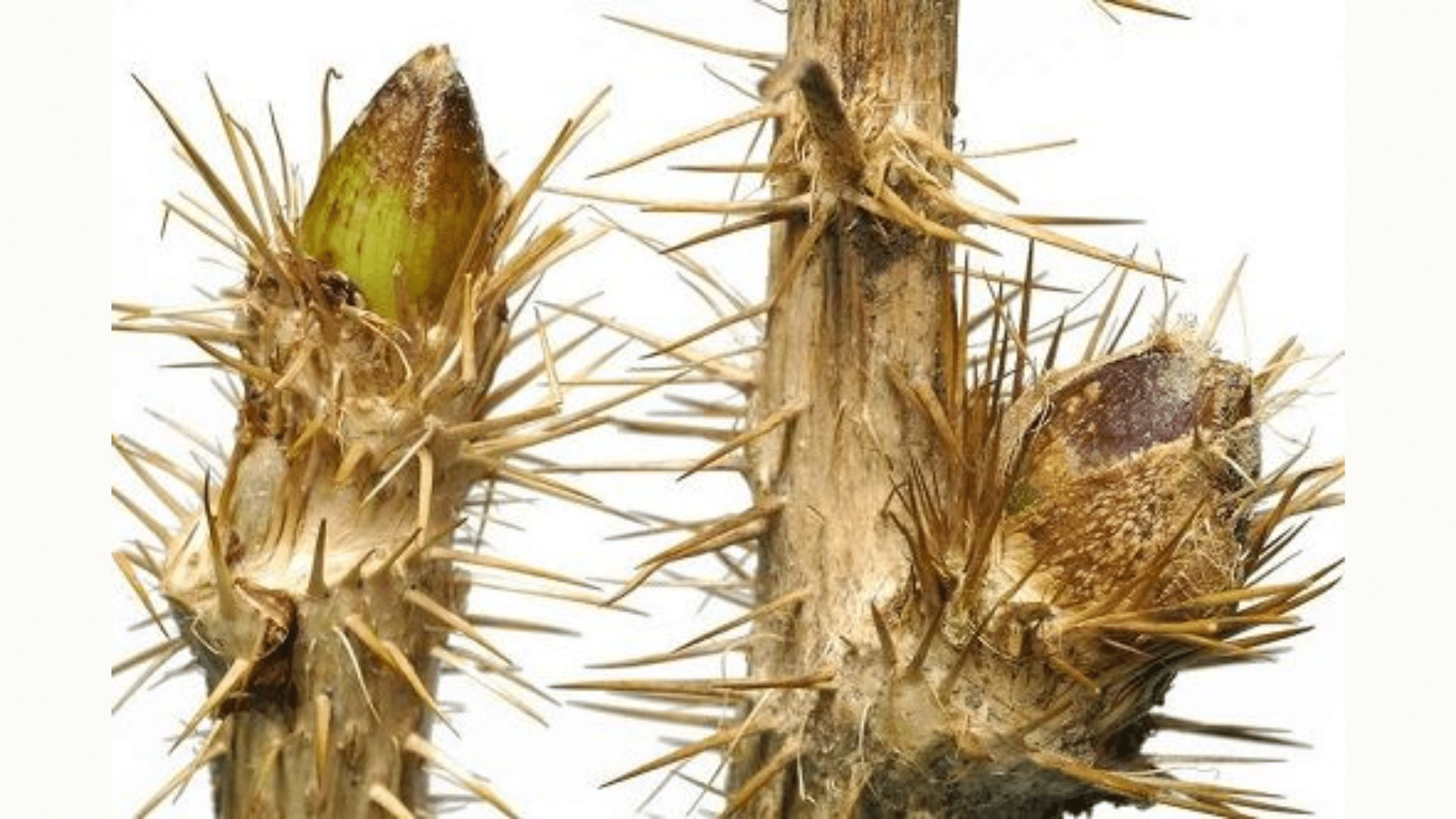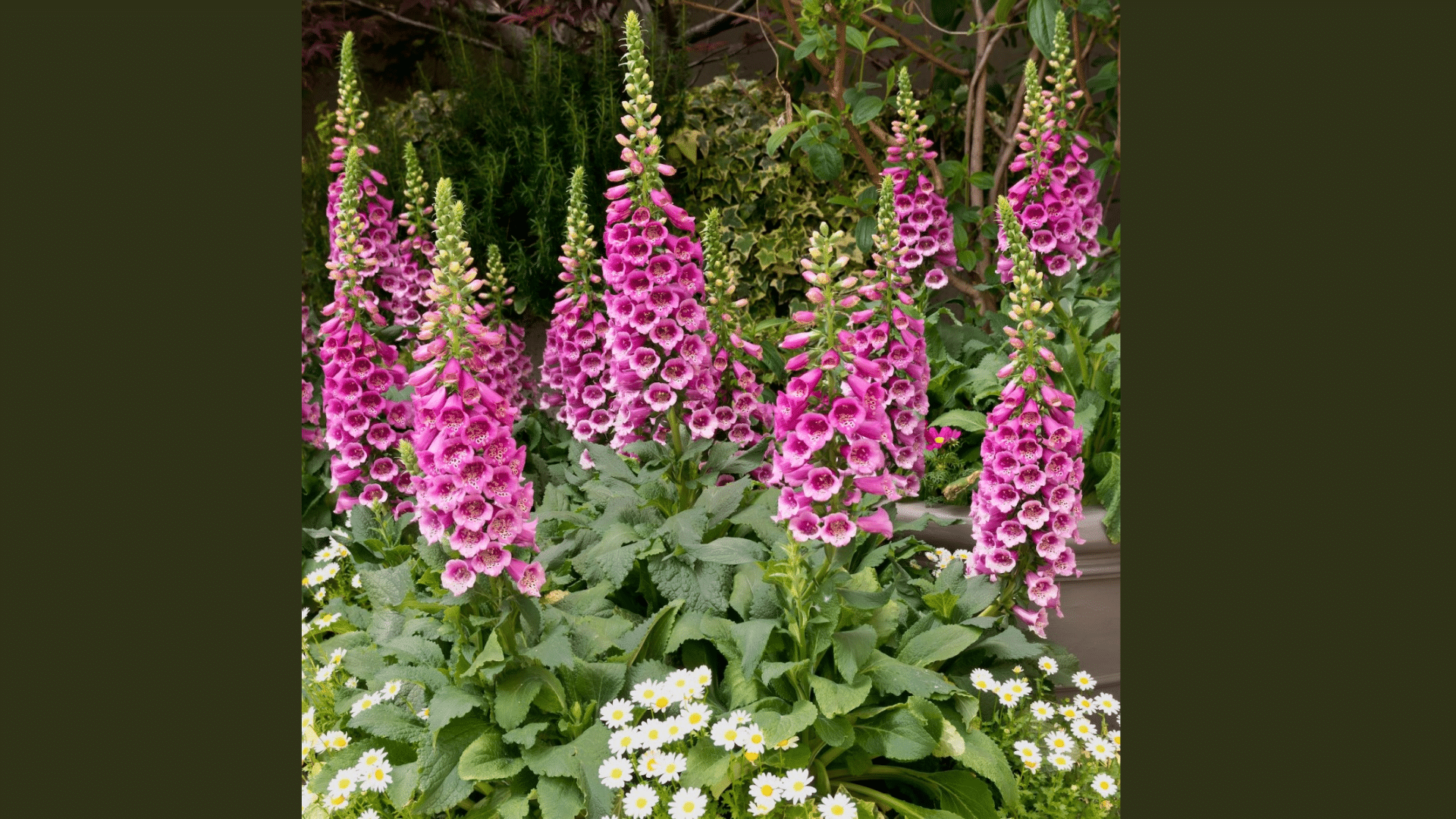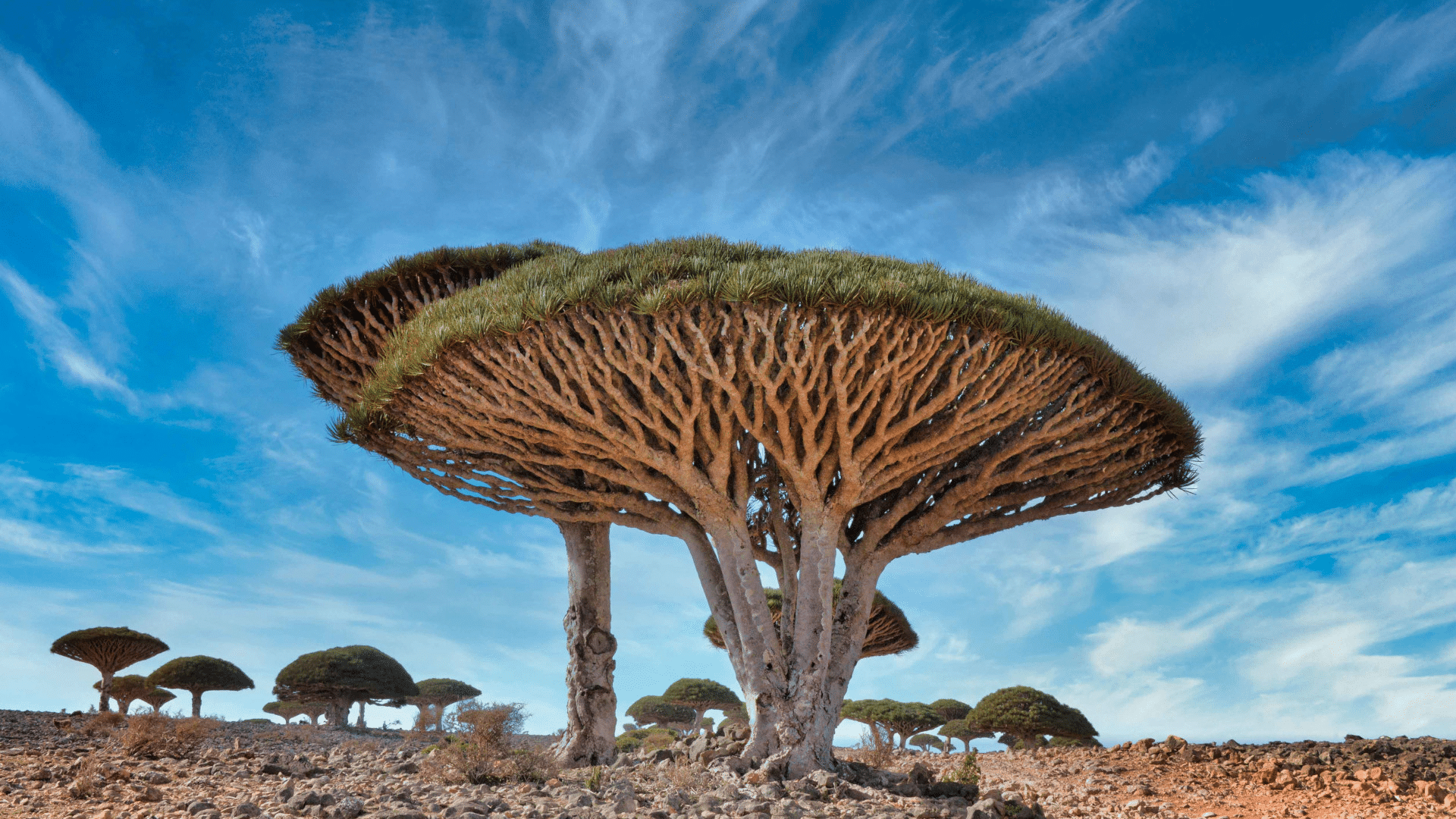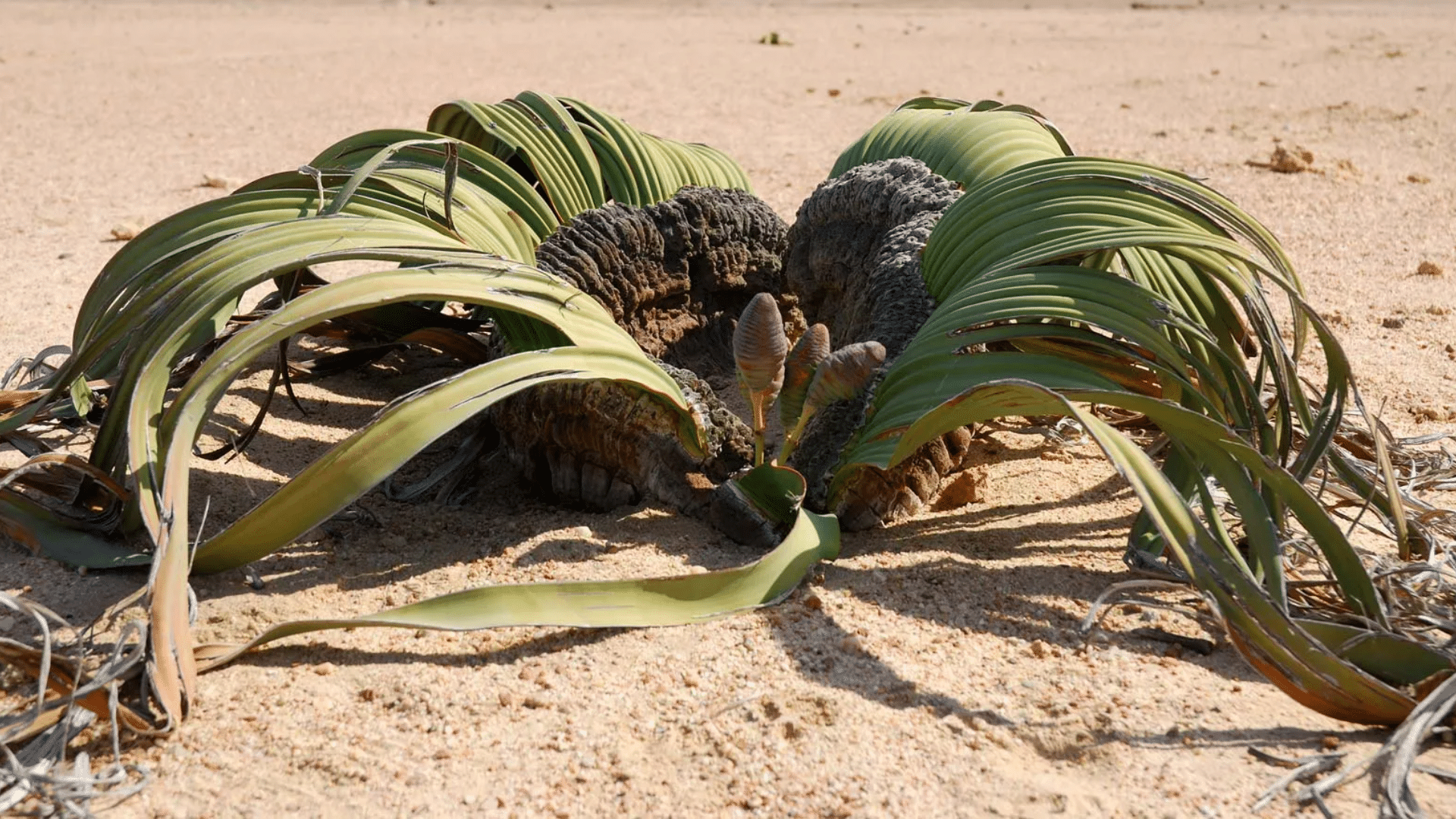Have you ever wondered how plants do more than grow? They are not only for decoration or food; they have amazing abilities, smart tricks, and surprising talents that you might not know about.
Some plants can live for thousands of years, while others have built-in defenses that seem almost magical.
And, some even communicate with each other!
This collection of interesting plant facts will help you see the plant world in a whole new way.
Get ready to discover their hidden stories and surprising powers!
Interesting Fun Facts About Plants
Take a look at these fun and simple facts about plants that highlight their unique features, making the world of nature even more interesting.
1. Oldest Plant
Plants like the bristlecone pine and Methuselah tree have survived for thousands of years, witnessing the rise and fall of civilizations.
- The Methuselah Tree in California is estimated to be over 4,800 years old.
- Some clonal plants, like seagrass, are estimated to be over 100,000 years old.
- These ancient plants offer insights into strength and longevity.
2. Tallest Tree
The world’s tallest tree is a coast redwood named Hyperion, towering above the forest canopy at record-breaking heights.
- Hyperion stands at 116.07 meters (about 380 feet).
- Discovered in Redwood National Park, California, in 2006.
- Coast redwoods are the tallest living organisms on Earth.
3. Largest Flower
Rafflesia arnoldii, found in Indonesian rainforests, produces the world’s largest single bloom with a beautiful and unusual appearance.
- The flower can reach 3 feet across and weigh up to 15 pounds.
- It emits a foul odor resembling rotting meat to attract pollinators.
- Rafflesia is a parasitic plant with no visible leaves or stems.
4. Fastest-Growing Plant
Bamboo holds the record for the fastest growth, making it a remarkable and useful plant in many cultures.
- Some bamboo species can grow up to 35 inches (about 90 cm) in a single day.
- Clumping varieties are less invasive than running types.
- Bamboo is used for construction, food, and textiles.
5. Sun Tracking
Certain plants, like sunflowers, show heliotropism, turning to follow the sun’s movement across the sky.
- This movement maximizes photosynthesis throughout the day.
- Inspired solar tracking technology for improved energy efficiency.
- Sun tracking increases energy output in solar panels by up to 25%.
6. Carnivorous Plants
Carnivorous plants have evolved to trap and digest prey, supplementing their nutrient intake in poor soils.
- They capture and digest insects and even small animals.
- Venus flytraps, pitcher plants, and bladderworts are famous examples.
- Over 583 species are recognized as true carnivorous plants.
7. Plant Communication
Plants communicate using chemical signals, warning neighbors and attracting allies in their environment.
- Volatile organic compounds (VOCs) are released to signal danger.
- Roots can exchange information underground.
- Some plants can recognize and favor their relatives.
8. Coffee Origin
Coffee beans are actually the seeds of a fruit harvested from coffee plants grown in tropical regions.
- The fruit is called a coffee cherry.
- Each cherry typically contains two coffee beans.
- Coffee plants are native to Africa but are now grown worldwide.
9. Earth’s Biomass
Plants make up the vast majority of living biomass on Earth, forming the foundation of most ecosystems.
- Over 80% of Earth’s biomass is plant matter.
- Plants convert sunlight into energy via photosynthesis.
- They are crucial for carbon cycling and oxygen production.
10. Plant Diversity
The plant kingdom is incredibly diverse, with hundreds of thousands of species adapted to every habitat.
- Over 390,000 plant species have been identified.
- New species are discovered each year.
- Diversity is key to ecosystem stability and strength.
11. Natural Antifreeze
Some plants produce special proteins or chemicals to survive freezing temperatures in harsh climates.
- Alpine and tundra plants have antifreeze proteins.
- These prevent ice crystals from damaging cells.
- It allows survival in environments with extreme cold.
12. Smallest Tree
The dwarf willow (Salix herbacea) is considered the world’s smallest tree. It has progressed in harsh arctic and alpine environments and has unique survival adaptations.
- Rarely exceeds 6 cm in height, making it almost invisible among tundra plants.
- Grows broad leaves to maximize sunlight absorption in cold, short summers.
- Its tiny stature helps it withstand freezing winds and extreme temperatures
13. Corpse Flower
The corpse flower (Amorphophallus titanum), also known as the Titan Arum, is famous for its enormous size and its foul odor, which mimics rotting flesh to attract pollinators.
- Produces the largest unbranched inflorescence, reaching over 3 meters tall.
- Emits a strong, unpleasant smell to lure carrion beetles and flies.
- Blooms rarely, sometimes only once every several years, making each event special.
14. Carrot Colors
Carrots were not always orange; they originally appeared in a variety of colors, each with unique nutritional benefits and historical significance.
- Early carrots were purple, yellow, red, and white before orange varieties became popular in the 17th century.
- Purple carrots contain anthocyanins, powerful antioxidants.
- Orange carrots are rich in beta-carotene, a precursor to vitamin A.
15. Water Storage
Some plants have evolved to store large amounts of water, allowing them to survive in extremely dry environments and drought conditions.
- The baobab tree can hold up to 100,000 liters of water in its trunk.
- Succulents store water in their fleshy leaves or stems.
- These adaptations help them grow in deserts and arid regions.
16. Lightning Magnet
Oak trees are especially prone to lightning strikes due to their height, structure, and high moisture content, making them natural conductors.
- Oaks’ deep roots and water-filled trunks increase conductivity.
- Tall stature makes them frequent targets during storms.
- Lightning can damage or even split these trees.
17. Banana Cluster
Bananas grow in large hanging clusters called “hands,” with each individual banana referred to as a “finger.”
- Each cluster can contain dozens of bananas.
- Bananas are technically berries, botanically speaking.
- They grow on herbaceous plants, not true trees.
18. Cucumber Fruit
Cucumbers are botanically classified as fruits, though commonly used as vegetables in culinary contexts.
- They develop from the flower of the cucumber plant and contain seeds.
- Related to melons, squashes, and pumpkins.
- Provide hydration due to their high water content.
19. Elephant Grass
Elephant grass is a towering tropical plant growing tall enough to hide large animals and used for various practical purposes.
- Can reach heights of up to 4.5 meters (15 feet).
- Used as animal fodder and for biofuel production.
- Native to African savannas and supports local ecosystems.
20. Happy Bananas
Bananas contain natural compounds that may help boost mood and promote feelings of happiness and well-being.
- Rich in tryptophan, which the body converts into serotonin.
- It also provides vitamin B6, aiding neurotransmitter production.
- Popular as an energy-boosting, feel-good snack.
21. Vanilla Source
Vanilla flavor comes from the seed pods of an orchid, making it one of the most labor-intensive and valuable spices in the world.
- Vanilla orchids are native to Mexico and require hand-pollination.
- Pods are fermented and dried for months to develop flavor.
- It’s the second-most expensive spice after saffron due to cultivation efforts.
22. Moving Plants
Some plants, like the sensitive plant (Mimosa pudica), exhibit rapid movement when touched, a defense mechanism against predators.
- Leaves fold inward instantly upon contact.
- Movement is caused by changes in water pressure within cells.
- Helps deter herbivores and conserve moisture.
23. Resin Fossils
Tree resin traps insects and plants, fossilizing into amber over millions of years, offering glimpses into ancient ecosystems.
- Amber preserves the DNA and soft tissue of trapped organisms.
- Used to study extinct species and prehistoric climates.
- Prized in jewelry and scientific research for its clarity and history.
24. Living Stones
Lithops, or “living stones,” mimic rocks to avoid being eaten and store water to survive in arid environments.
- Their camouflage protects them from herbivores.
- They only expose leaf tops above the soil.
- Lithops bloom with daisy-like flowers.
25. False Flowers
Some plants create false flowers to attract pollinators and protect their real reproductive organs.
- Mimicry increases pollination efficiency.
- Decoy flowers distract herbivores from real blooms.
- Helps ensure successful seed production.
26. Vegetable Sheep
Raoulia, known as “vegetable sheep,” forms woolly cushions to retain moisture and survive in rocky, alpine habitats.
- Leaves are densely packed and hairy.
- The cushion shape reduces water loss.
- Grows in harsh New Zealand mountains.
27. King’s Holly
King’s holly (Lomatia tasmanica) clones itself, creating one of the oldest living plant lineages, estimated at over 43,000 years old.
- All plants are genetically identical.
- Reproduces vegetatively, not by seed.
- Extremely rare and endangered.
28. Epiphytes
Epiphytes, or “air plants,” grow on other plants and absorb moisture from the air, growing without soil.
- Includes orchids, bromeliads, and mosses.
- Roots anchor to branches, not the ground.
- Common in tropical rainforests.
29. Heterotrophic Plants
Some plants, like Indian pipes, lack chlorophyll and get nutrients by parasitizing fungi instead of photosynthesizing.
- Appear ghostly white due to no chlorophyll.
- Found in dark forest understories.
- Only visible above ground when flowering.
30. Fire-Resistant Seeds
Certain plants, like some pines, have seeds that only germinate after exposure to fire, ensuring regeneration post-wildfire.
- Fire melts the resin sealing cones.
- Ensures seedlings grow with less competition.
- Adaptation to fire-prone habitats.
31. Floating Leaves
Aquatic plants like water lilies have floating leaves with stomata on top for efficient gas exchange in water.
- Leaves are broad and flat.
- Roots anchor in muddy bottoms.
- Flowers rise above water for pollination.
32. Aerenchyma Tissue
Aquatic plants develop aerenchyma, a spongy tissue that helps them float and survive in low-oxygen water.
- Facilitates internal gas exchange.
- Allows survival in waterlogged soils.
- Seen in water lilies and rice.
33. CAM Photosynthesis
Desert plants like cacti use CAM photosynthesis, a special process where stomata open at night to save water and survive harsh, dry climates.
- Stores CO₂ at night for daytime use.
- Highly water-efficient process.
- Common in succulents.
34. Thorns and Spines
Many plants grow thorns or spines as a strong defense against animals that might try to eat them.
These sharp features serve as natural armor, helping plants survive in areas where grazing pressure is high.
- Roses and cacti are classic examples.
- Physical deterrents to grazing animals.
- Sometimes, modified leaves or stems.
35. Toxic Chemicals
Plants like oleander and foxglove produce powerful toxic chemicals that act as a serious warning to predators.
- Chemicals can be deadly to humans and animals.
- Used in traditional medicines (with caution).
- Protects the plant from being grazed.
36. Dragon’s Blood Tree
The dragon’s blood tree, native to Socotra Island, has a unique umbrella shape and “bleeds” red sap used for medicine, dye, and legends.
- Its dense canopy traps moisture from sea mists for survival.
- The red resin (“dragon’s blood”) has been used since ancient times.
- Grows in harsh, dry environments with thin soil.
37. Welwitschia Mirabilis
Welwitschia, found in Namibia’s desert, is a bizarre plant with just two leaves that grow continuously and can live for over a thousand years.
- Its taproot can reach 30 meters deep to find water.
- Leaves never fall off and can cover huge areas.
- Survives extreme heat and drought, making it nearly immortal.
Last but not least, plants are full of surprises, from their age-old wisdom to their clever ways of surviving. Whether they are hidden in forests or in your own backyard, these natural wonders are always ready to amaze. And, learning about plants makes every garden visit more interesting.

